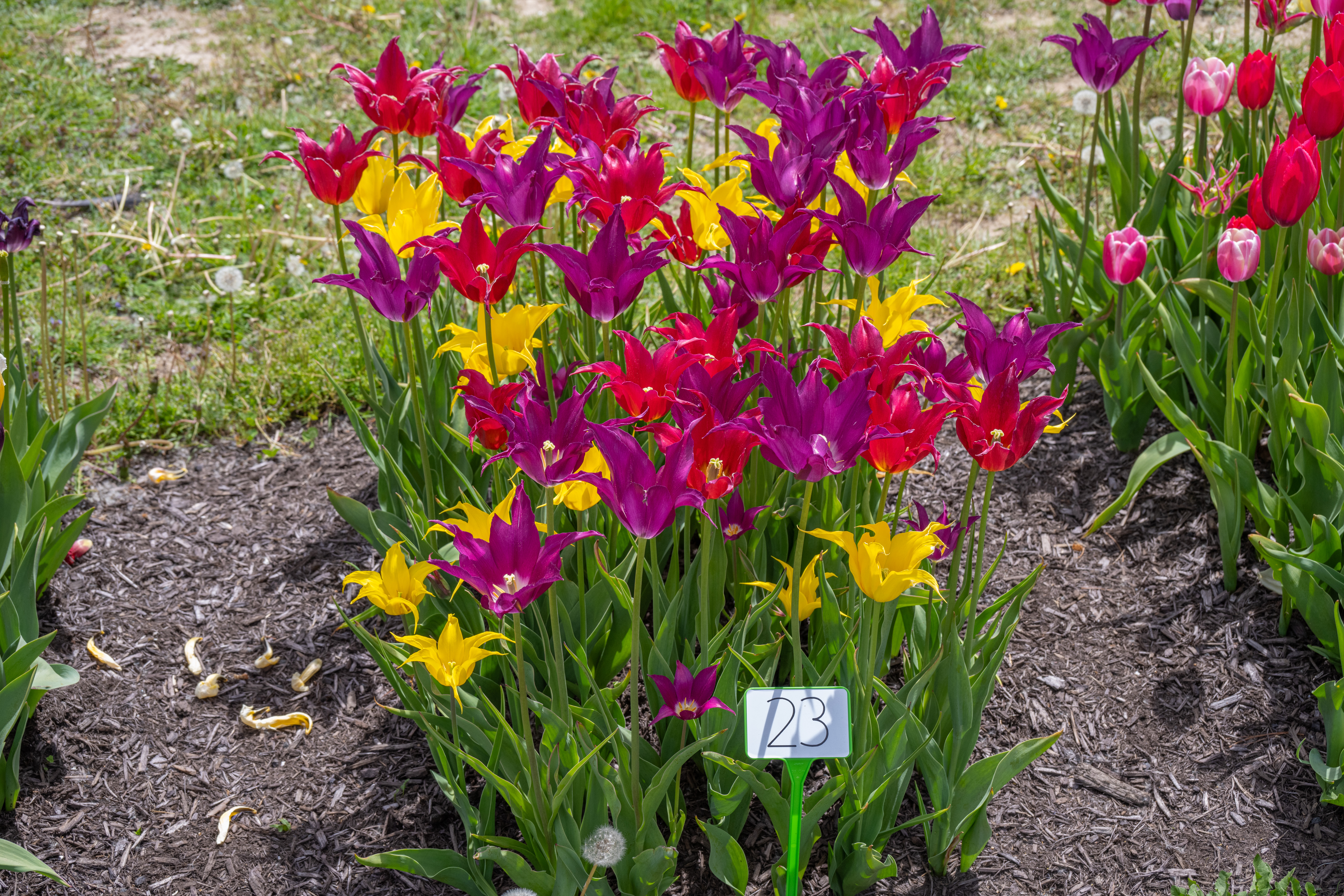
by Elizabeth Avery | Jun 25, 2025 | About Bulbs, Daffodils, Hyacinths, Learn, Specialty, Tulips
Coming up with attractive and effective blends requires a lot of time and effort, trial and error. Experience tells us nine out of ten test blends will fail for one reason or another. Only the best of the best make it into the Colorblends product line. The ultimate...

by Elizabeth Avery | May 28, 2025 | Learn
On our product pages, we try our best to note which flowers change color as they mature and to include photographs that show different stages of bloom. However, it can be difficult to convey the extent to which some flowers evolve from first bud to peak color. Many...
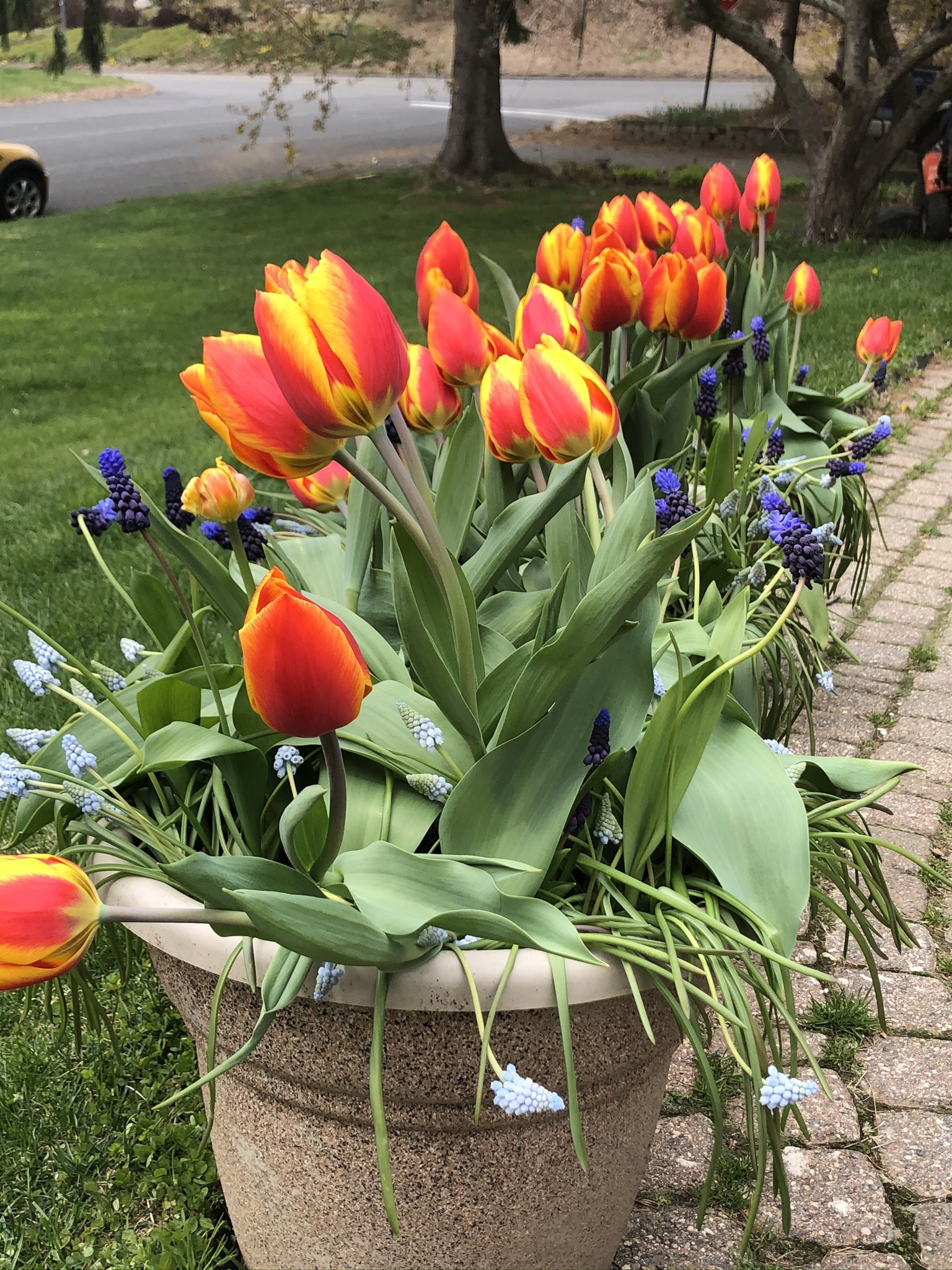
by Avery Beadle | Aug 6, 2024 | How-To, Hyacinths, Learn, Planting, Planting & Care, Southern States, Specialty, Tulips
Gardening websites, magazines, and influencers often extol the beauty of spring-flowering bulbs in outdoor containers. They are less forthcoming about planting bulbs in containers and how challenging it can be to achieve the lovely plantings they show. What’s so...
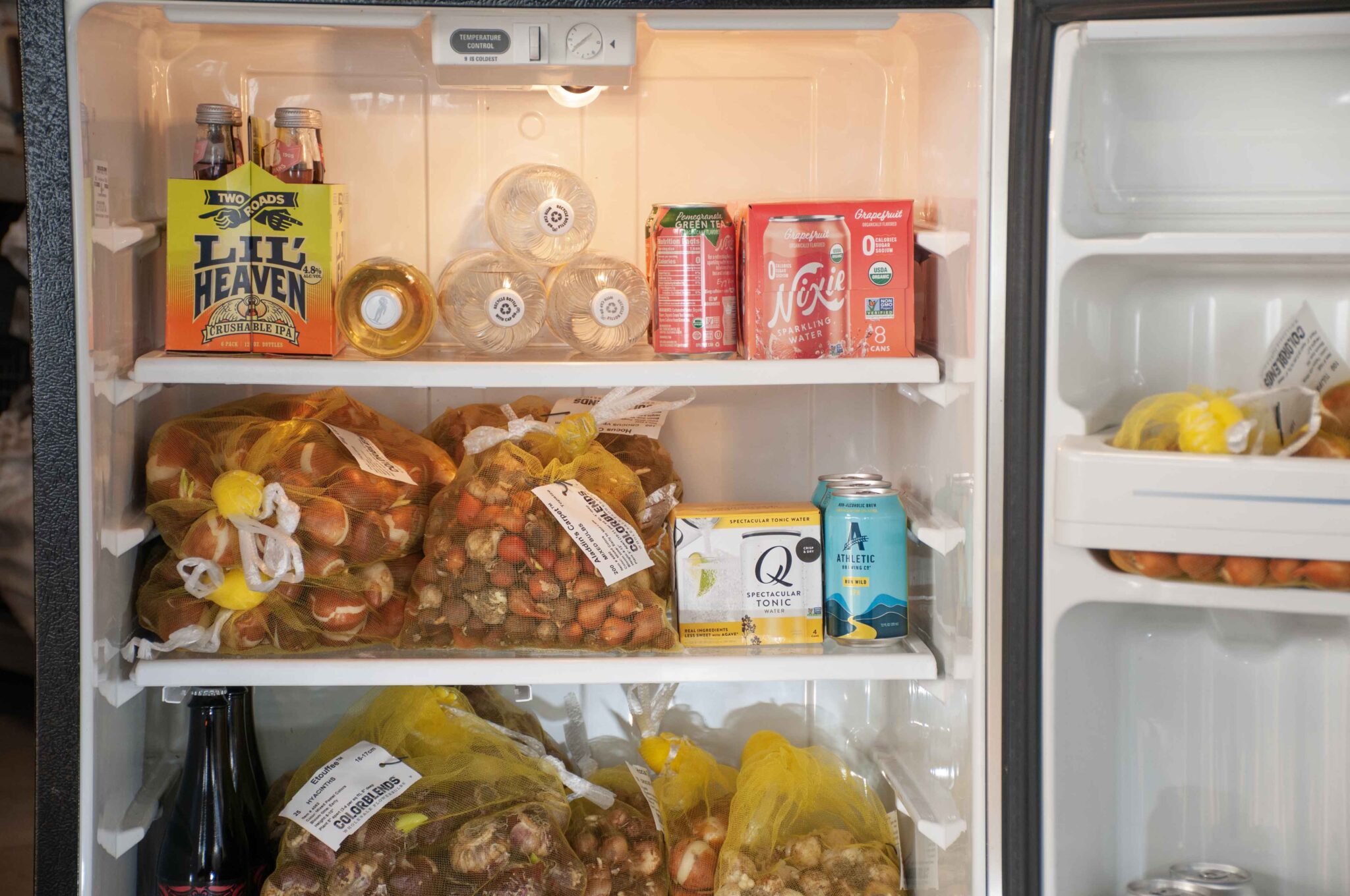
by Avery Beadle | Jan 11, 2024 | How-To, Hyacinths, Learn, Planting, Planting & Care, Southern States, Specialty, Tulips
If you live in a warm climate (Zones 7B–8B in the South and Southwest, or most of California), pre-chilled bulbs might be the secret to enjoying a stunning spring bloom. The process is straightforward: Order your bulbs by the end of September and arrange for October...
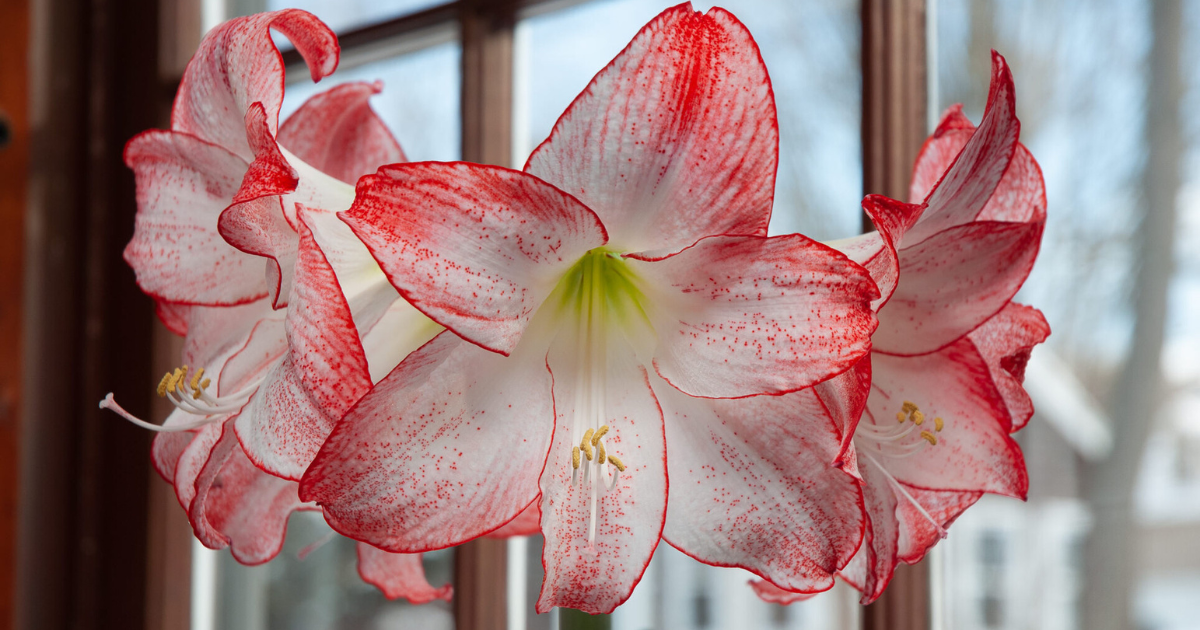
by Avery Beadle | Jan 8, 2024 | After-Bloom Care, Amaryllises, How-To, Learn, Planting
Potting an amaryllis is easy. You can find easy, step-by-step instructions in our article How to Plant Amaryllis Bulbs in Pots. Caring for an amaryllis plant is also easy. To bring a bulb into bloom, all you need to provide is light and water. Then we have a few other...
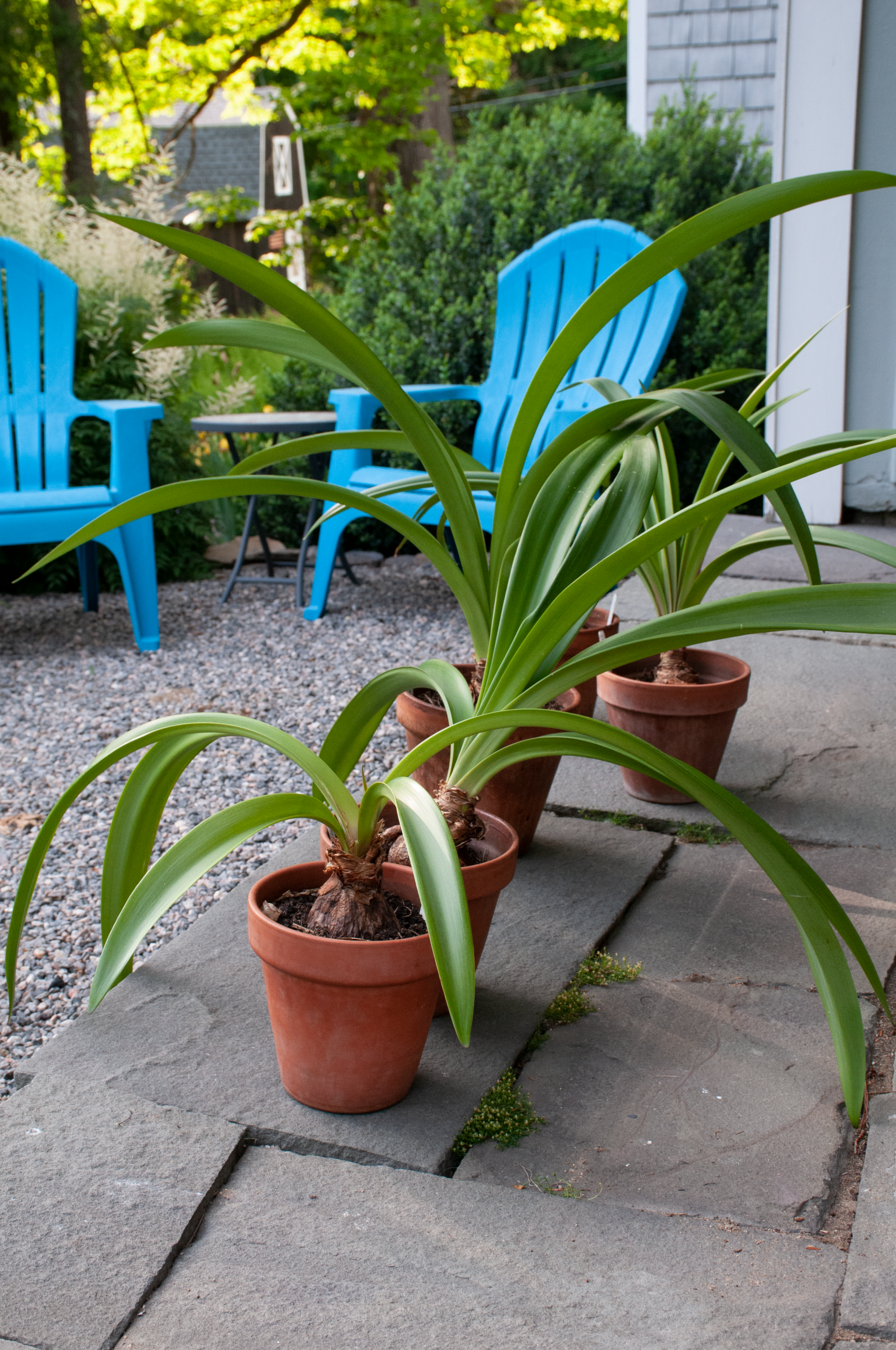
by Avery Beadle | Jan 8, 2024 | After-Bloom Care, Amaryllises, How-To, Learn, Planting
Many people discard amaryllis bulbs after they bloom, but it’s possible—without too much effort—to get another bloom. Learn how to get amaryllis to flower again the following winter with a few easy steps. You will note that after a bulb finishes blooming, it has...
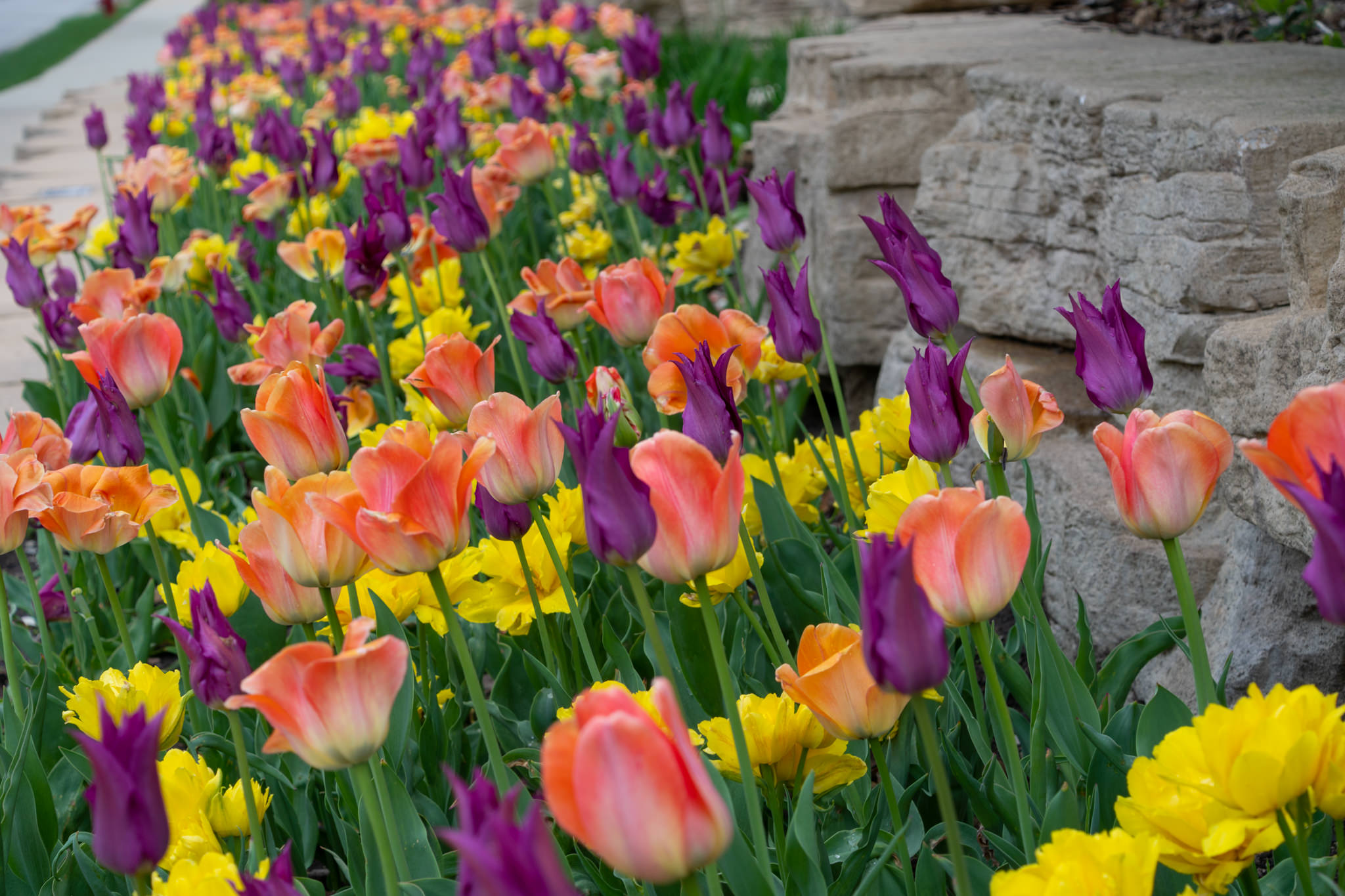
by Maggie Badore | Jun 8, 2023 | Daffodils, How-To, Learn, Planting, Tulips
Planting tulip bulbs might seem like a daunting chore, especially if you’re looking to grow a dense or large bed of spring flowers with hundreds of blooms. But don’t worry; you don’t have to dig an individual hole for every flower you want to plant. In this article,...
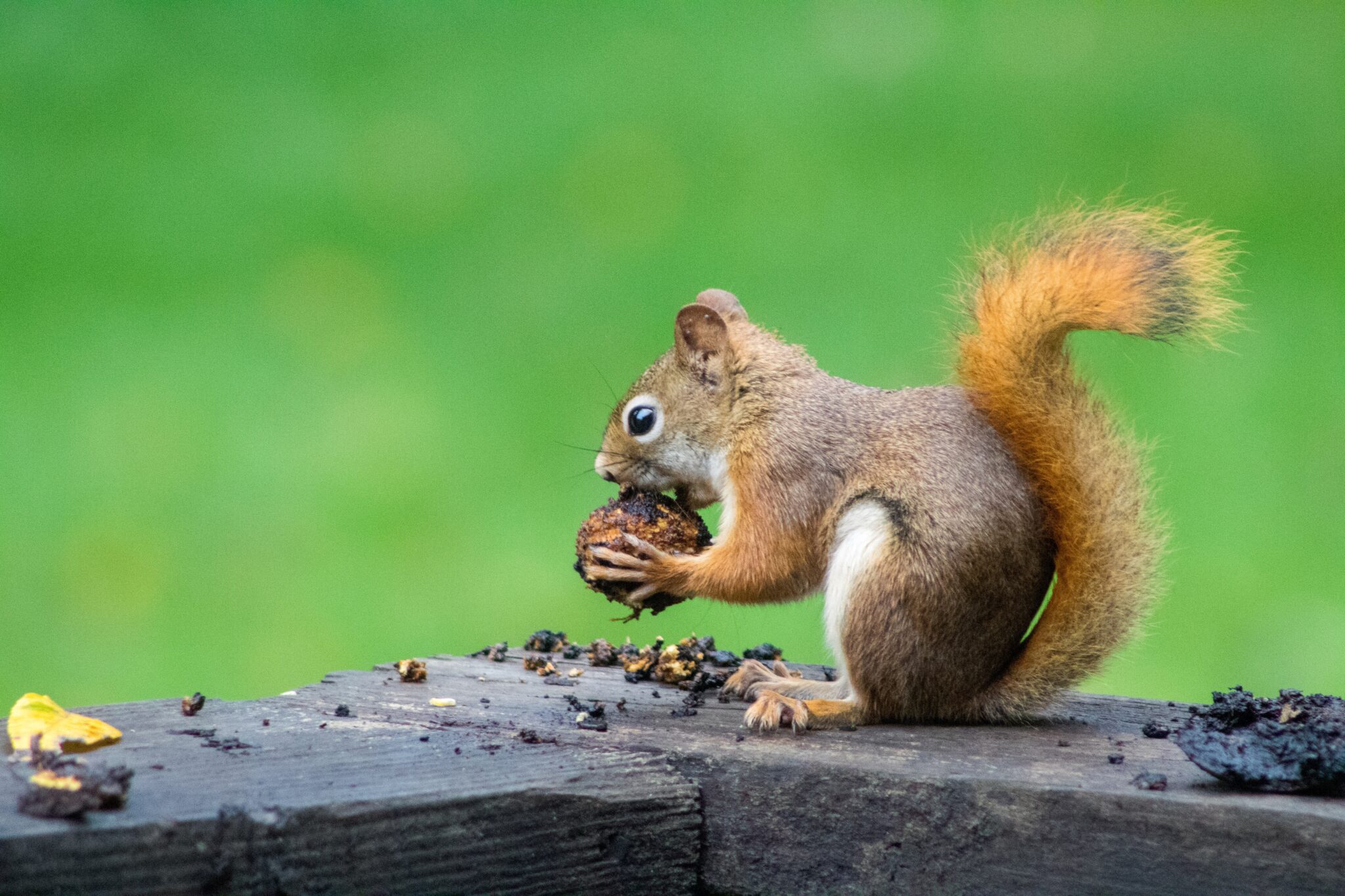
by Maggie Badore | Jun 8, 2023 | About Bulbs, How-To, Learn, Planting, Planting & Care, Specialty, Tulips
Squirrels can be a major challenge in the garden, especially when it comes to how to keep squirrels from digging up bulbs. They often see a freshly planted bed as an all-you-can-eat buffet, with tulips, crocuses, and lilies being some of their favorite snacks. If...
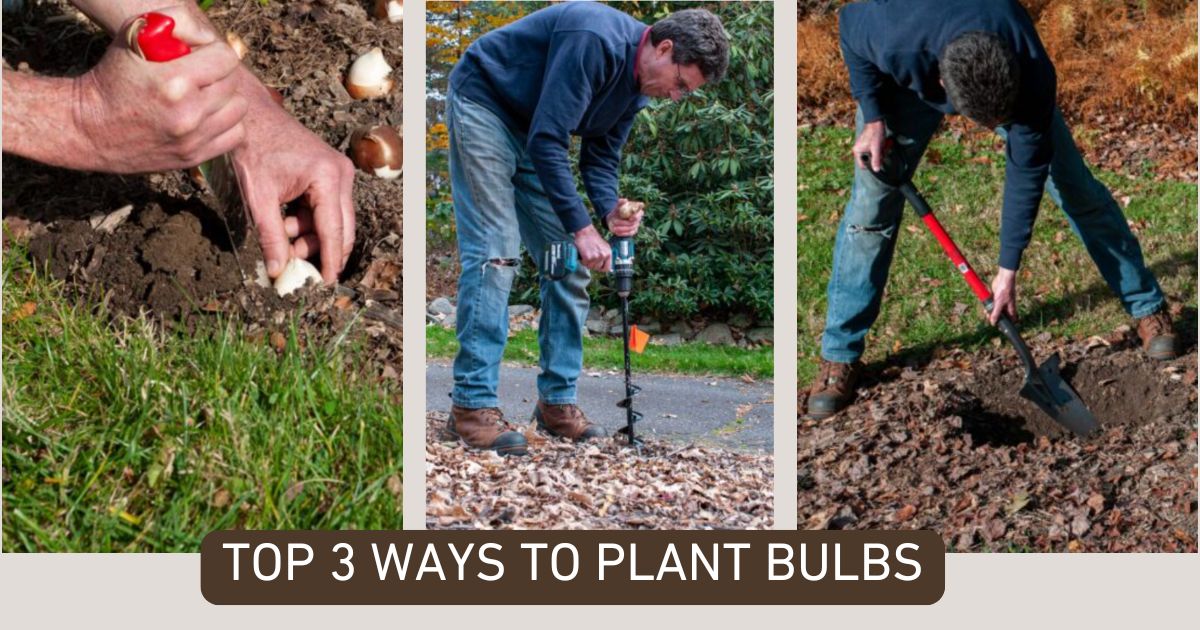
by Maggie Badore | Mar 21, 2023 | About Bulbs, How-To, Learn, Planting, Planting & Care
Planting bulbs in the fall is one of the best ways to ensure a beautiful spring garden. Whether you’re learning how to plant tulip bulbs or planning to grow daffodils, allium, or hyacinths, there are three main techniques to get the job done: poke, drill, and...
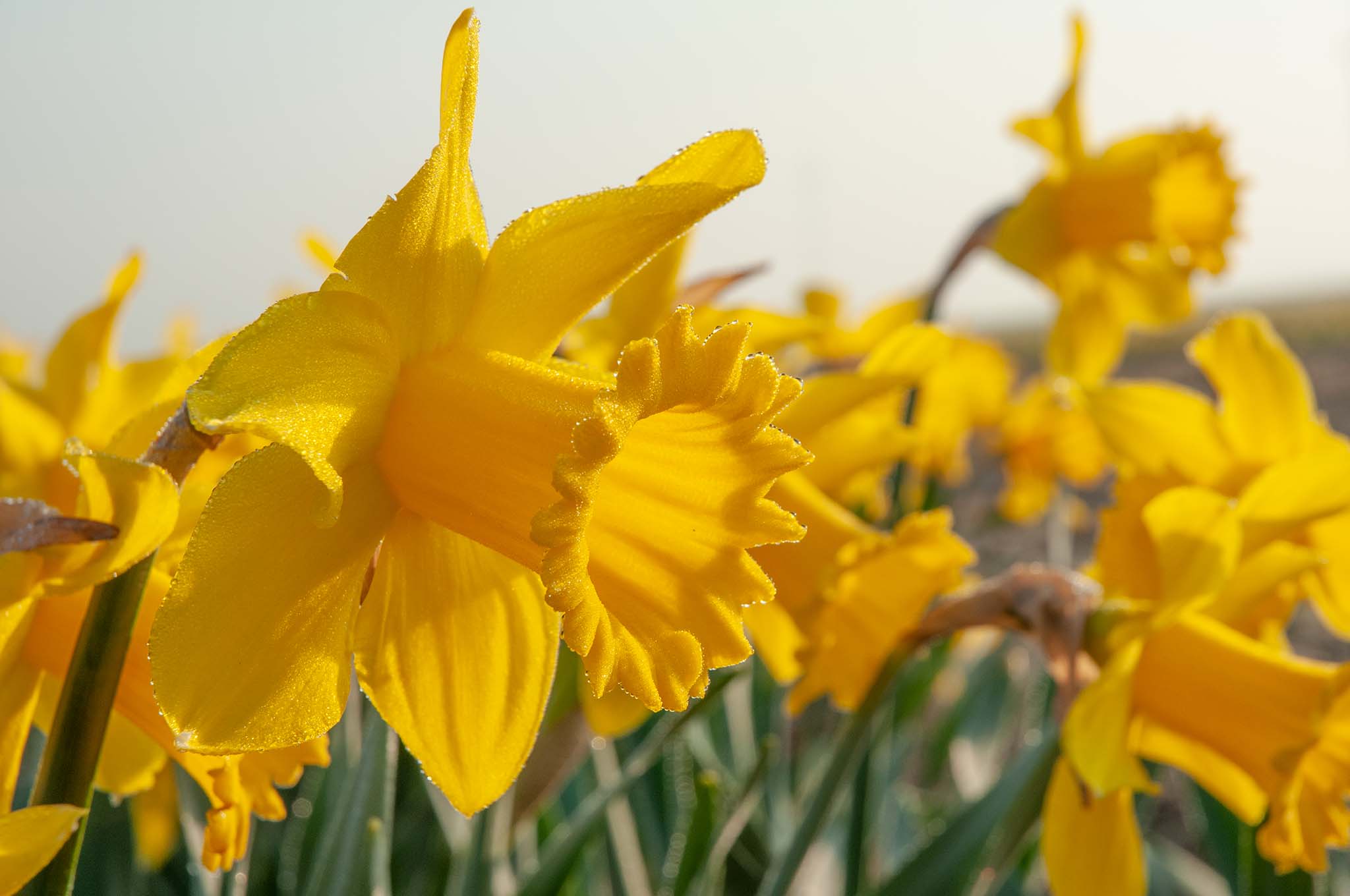
by Maggie Badore | Mar 3, 2023 | About Bulbs, Daffodils, Learn, Our Bulb Growers
If you search for “King Alfred Daffodils” online, you’ll quickly see dozens of retailers offering big, bright yellow flowers. They all claim to be named after King Alfred the Great, a 9th century Anglo-Saxon ruler. However, many flower enthusiasts might be...
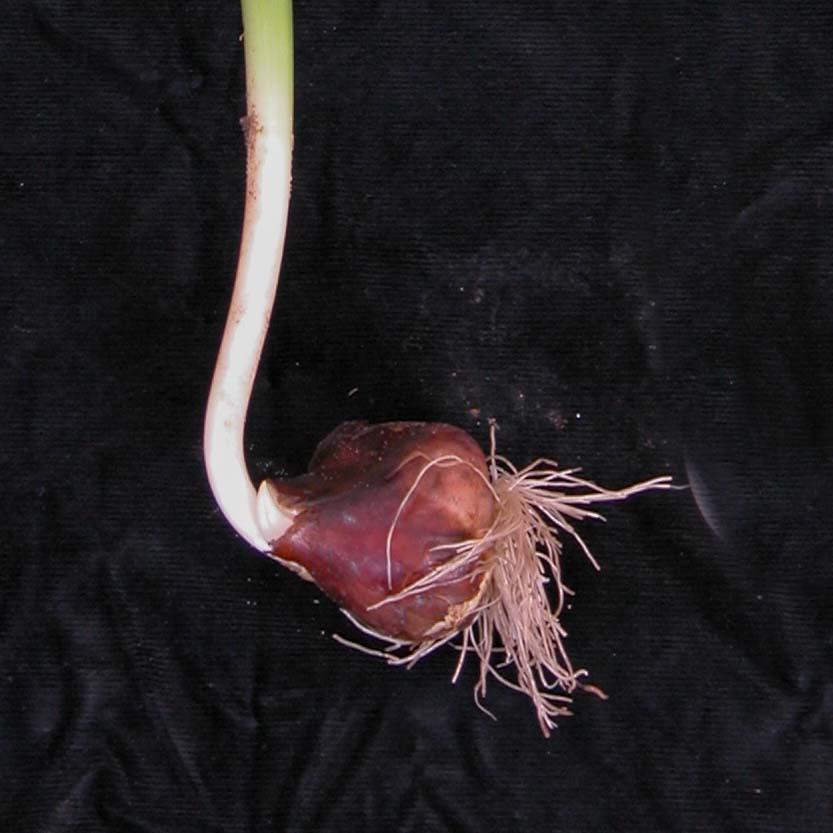
by Avery Beadle | Aug 31, 2022 | Learn
Your bulbs might seem to disappear during the colder months, but beneath the soil, they’re undergoing a fascinating process that’s important for their growth. Learning how bulbs respond to winter’s chill gives us a peek into the natural cycles that bring those...
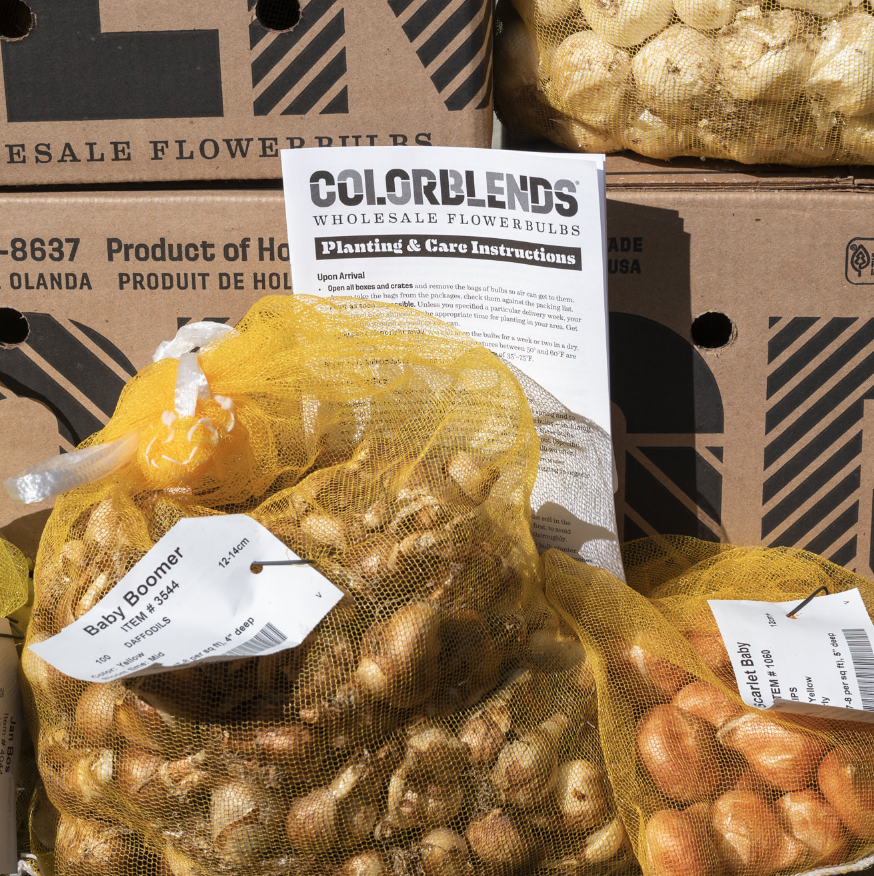
by Avery Beadle | Aug 11, 2022 | Learn
You’ve got your bulbs—now it’s time to plant! Each item page includes specific planting and bulb care instructions tailored to that variety, so you know exactly what to do. Whether you’re planting a handful of tulips or filling an entire bed with daffodils, the...
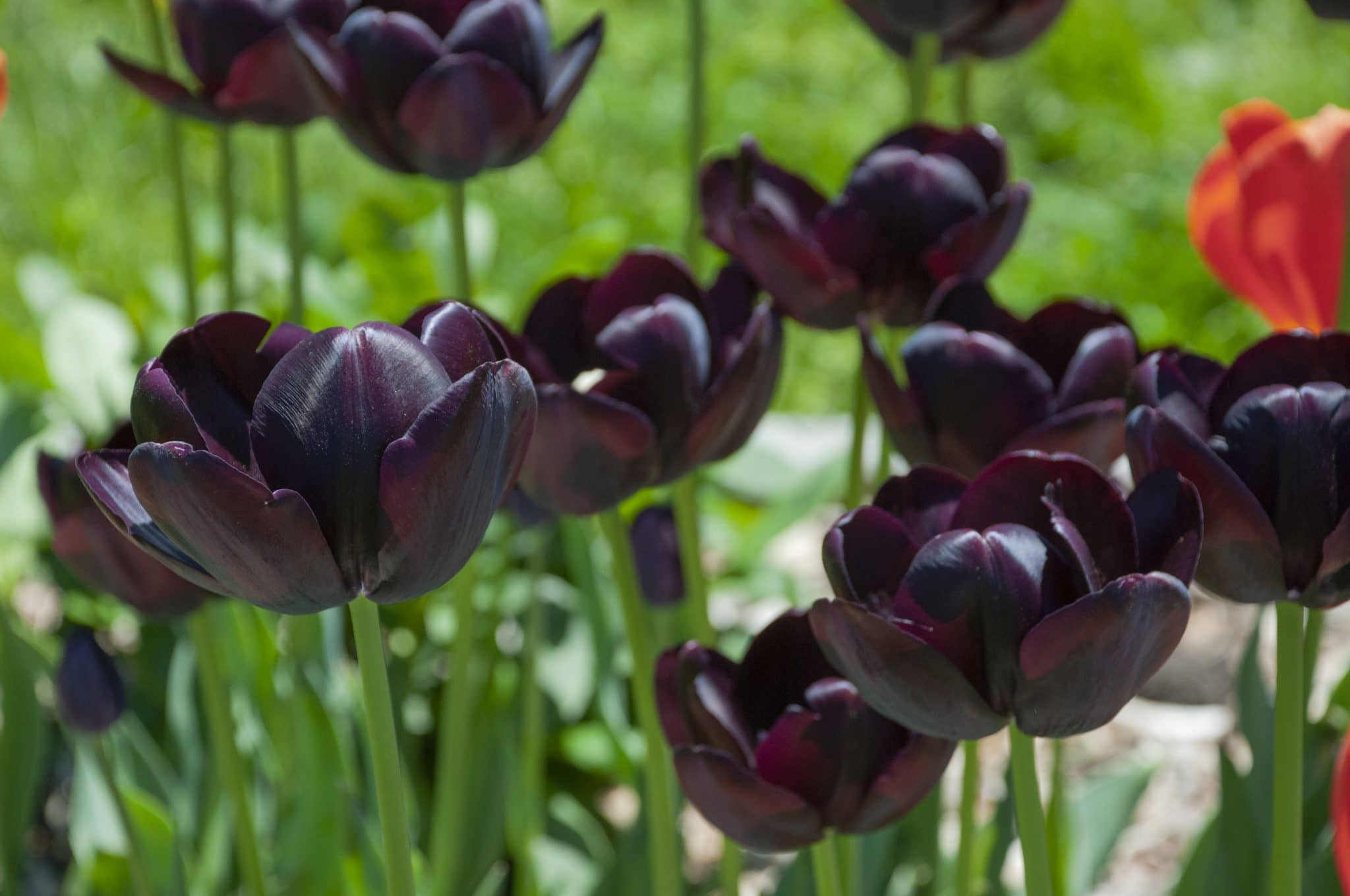
by Avery Beadle | May 27, 2022 | Learn
There are plenty of bulb myths floating around, especially when it comes to tulips and daffodils. Let’s set the record straight on a few of the most common misconceptions. 1. The Black Tulip There are no black tulips, though a few varieties come pretty close. They...
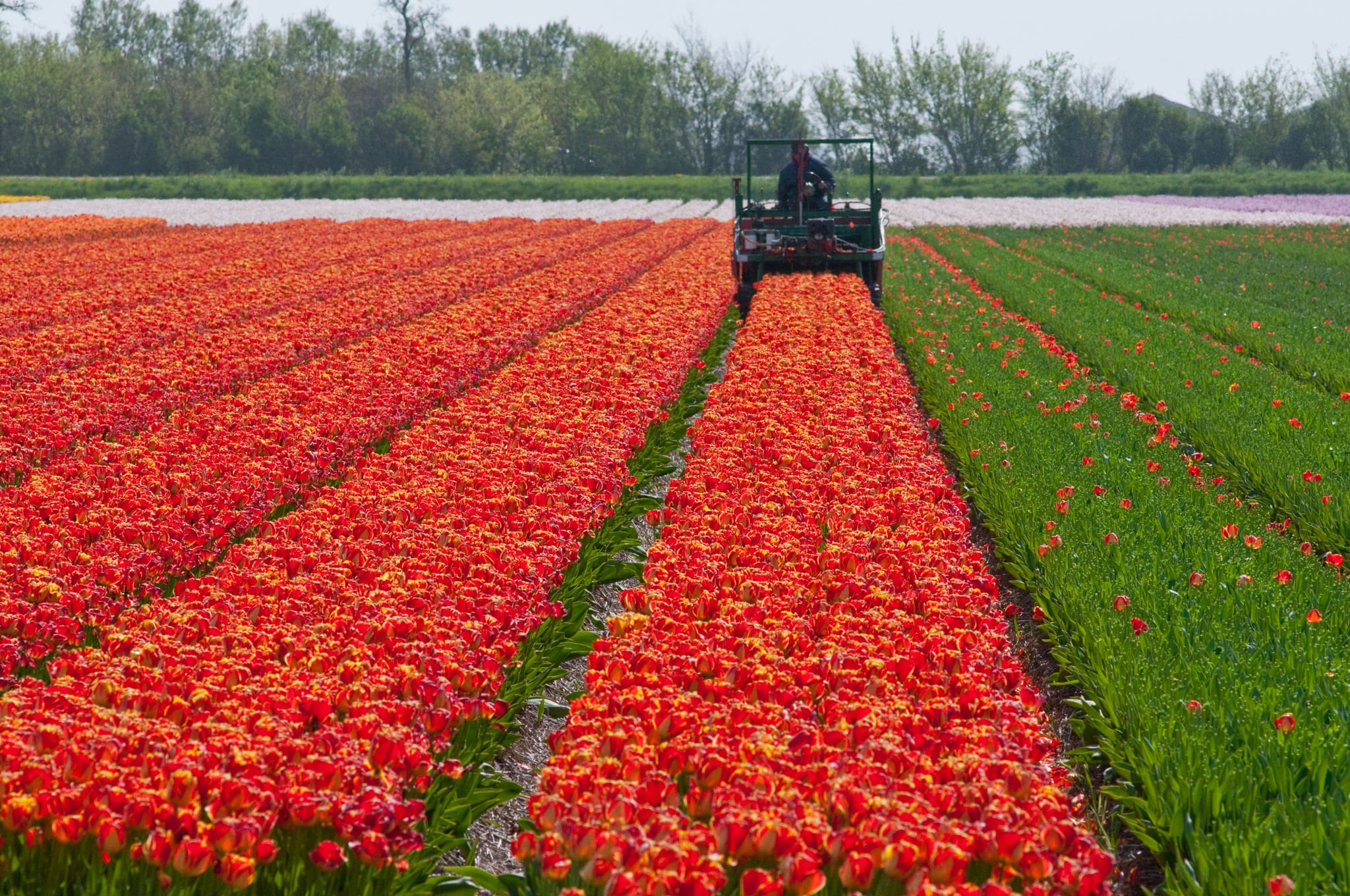
by Avery Beadle | May 27, 2022 | Learn
When tulips start to bloom in the fields, Dutch bulb growers do their best to cut off the flowers as quickly as possible. That’s because the flowers take energy from the bulbs below, preventing them from growing to top size. A grower lets his fields bloom just long...
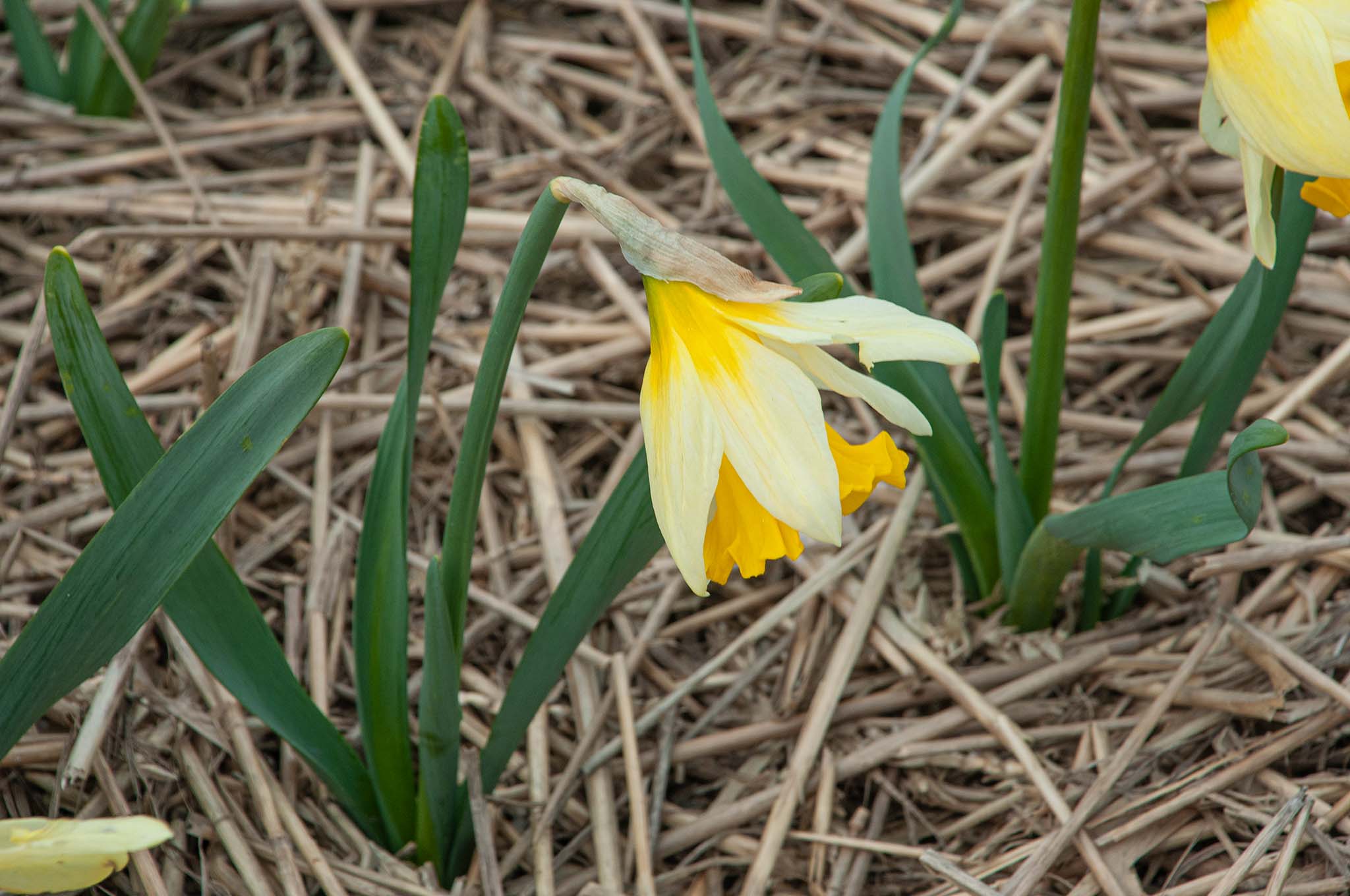
by Avery Beadle | May 27, 2022 | Learn
The poet William Wordsworth once wrote of daffodils “dancing in the breeze,” and Shakespeare before him described “daffodils that… take the winds of March with beauty.” Biomechanists have determined that daffodils dance by design. In a paper entitled “Reorientation of...
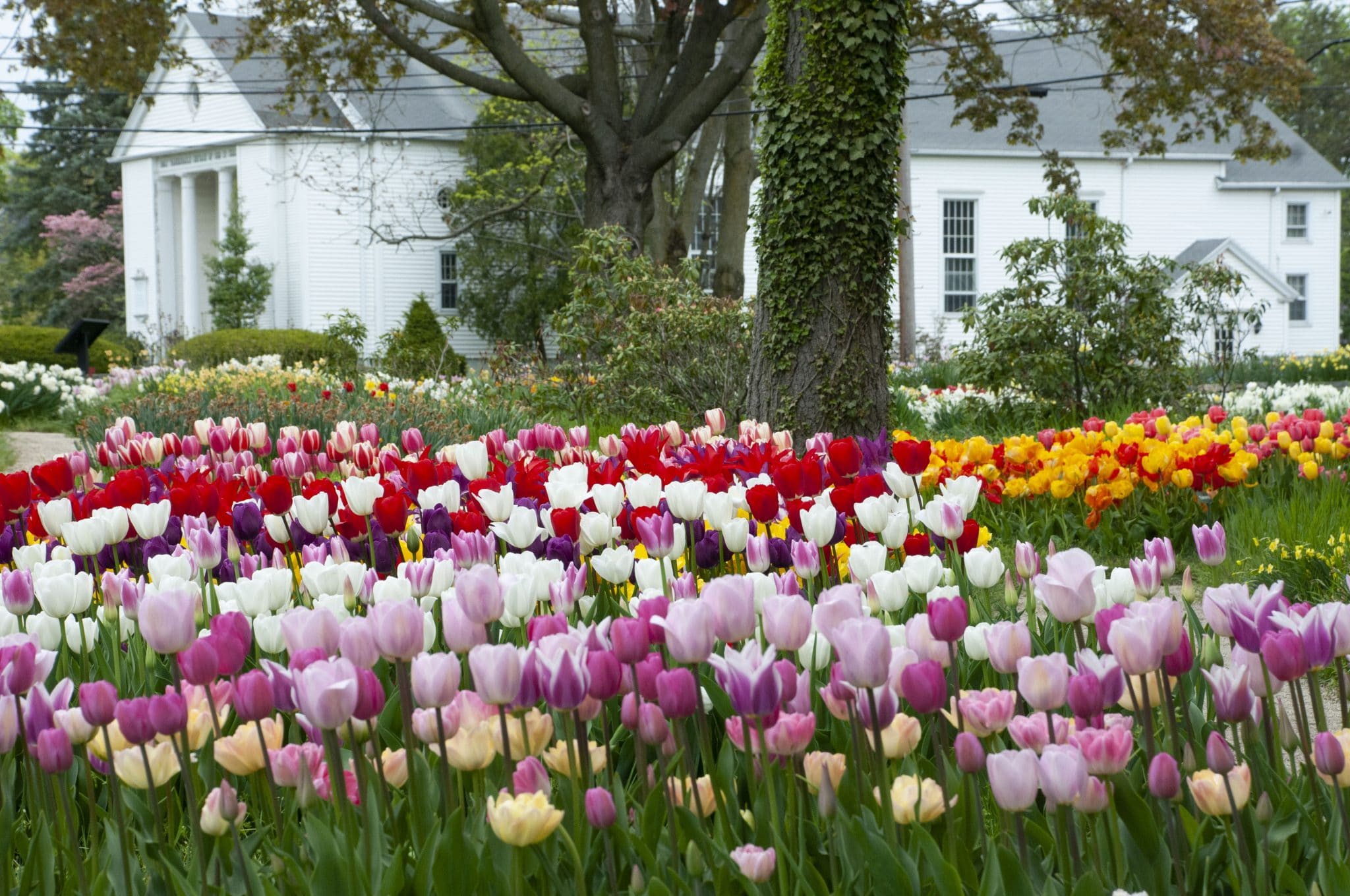
by Avery Beadle | Jun 7, 2021 | Learn
At Colorblends, we want you to have a great spring display. But let’s face it—planting is hard work. We suggest you order in small bites to learn what it takes to get bulbs planted in the fall. If you like the result in the spring and you feel you can do more,...
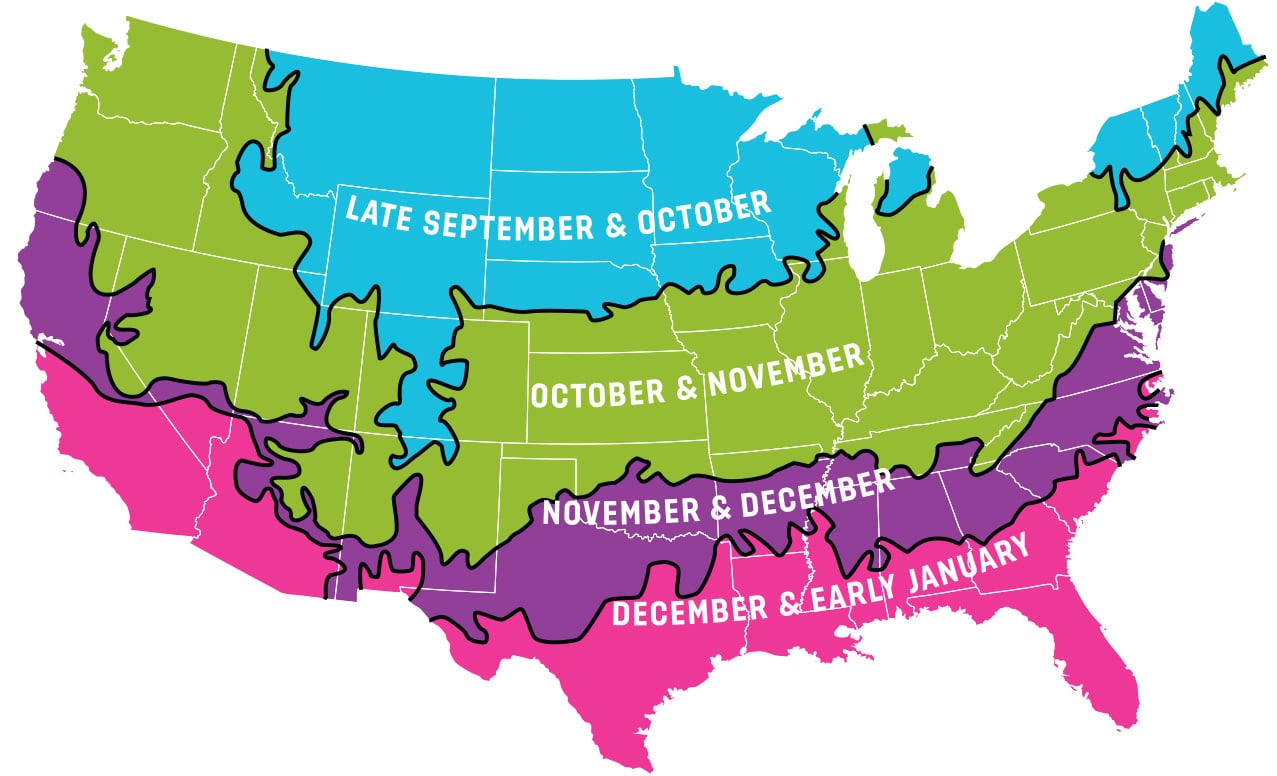
by Avery Beadle | Jun 5, 2021 | Learn
This map shows the ideal fall planting windows for the United States, helping you know exactly when to plant bulbs based on your region and climate. A few important notes as you plan: Spring-flowering bulbs must be planted in fall. There’s no getting around it—this is...
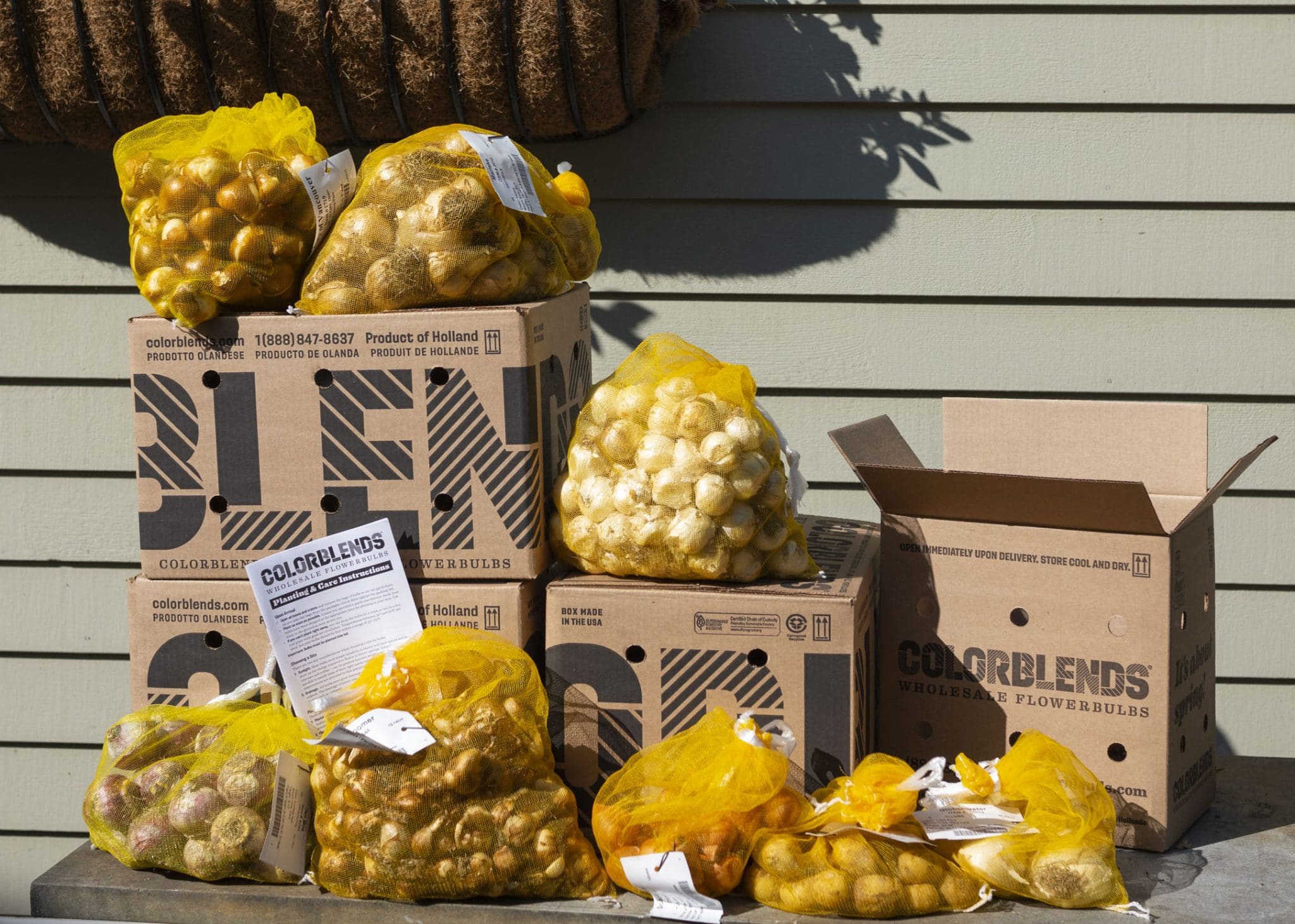
by Avery Beadle | Jun 4, 2021 | Learn
The big day is here. Your fall bulbs have arrived. Now what? If the driver left the delivery in an exposed location, move the packages out of the weather—into a garage or carport, into the basement, into the house. Next, open all of the boxes or crates and remove the...
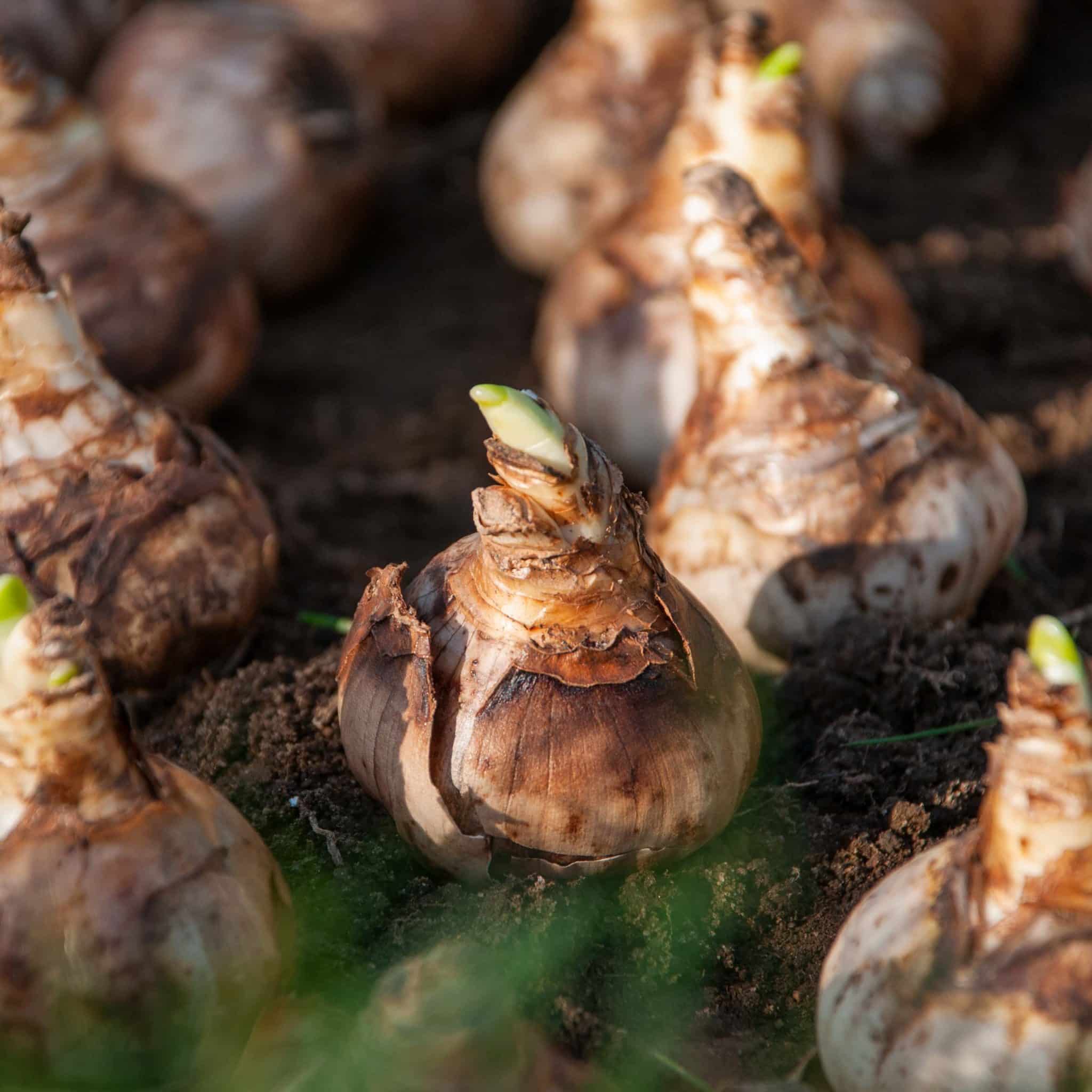
by Avery Beadle | Jun 3, 2021 | Learn
Selecting the right planting site is key to growing healthy, long-lasting bulbs. A good site gives your bulbs the conditions they need to thrive not just in the first season, but for years to come. Two factors—sunlight and drainage—make all the difference when...
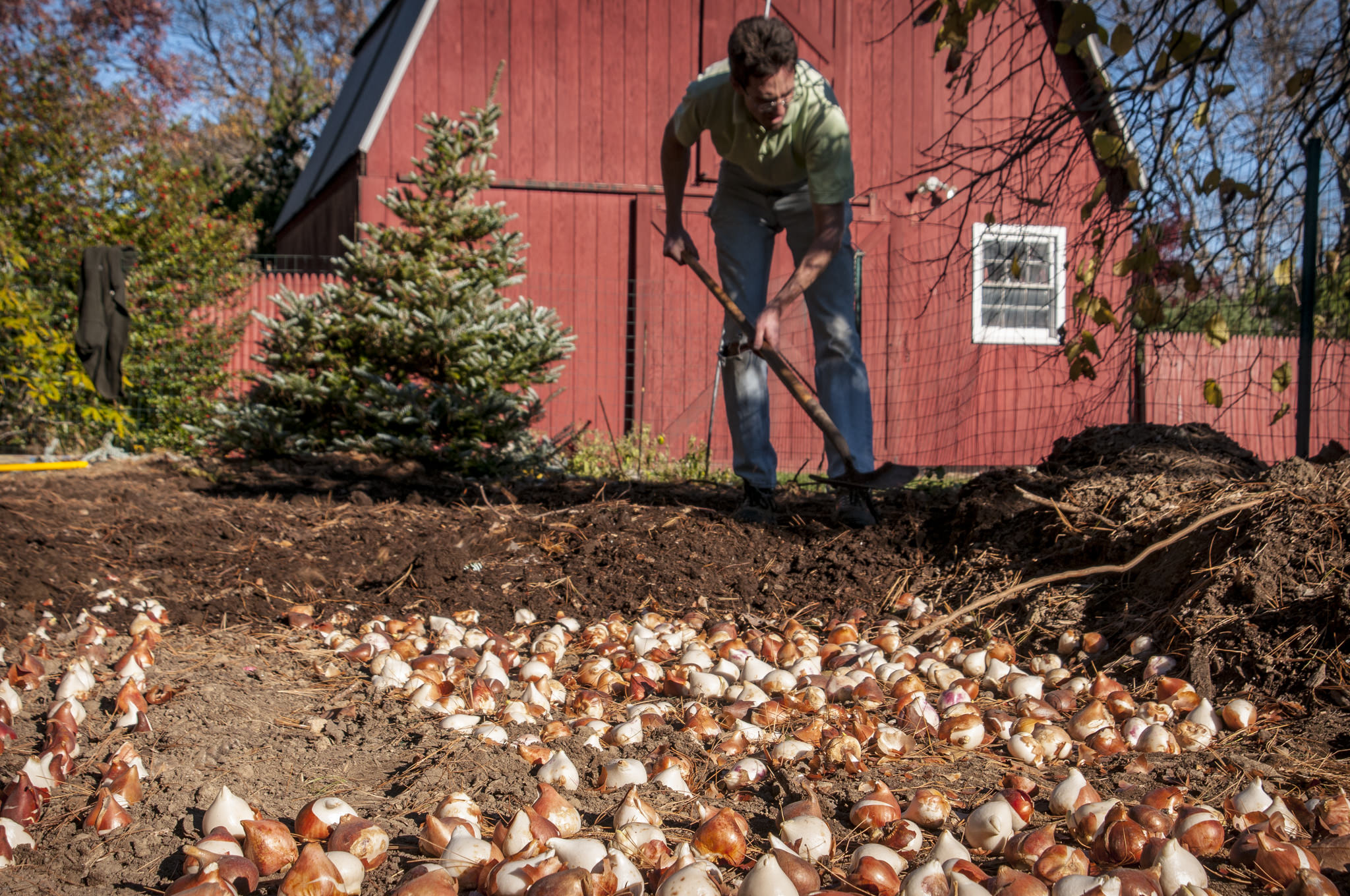
by Avery Beadle | Jun 2, 2021 | Learn
When it comes to planting, you have a couple of options depending on your space and preference. Here are the two main methods, along with tips to get them off to a strong start. Planting a Bed Excavate the area to be planted and loosen the soil in the bottom. Set the...
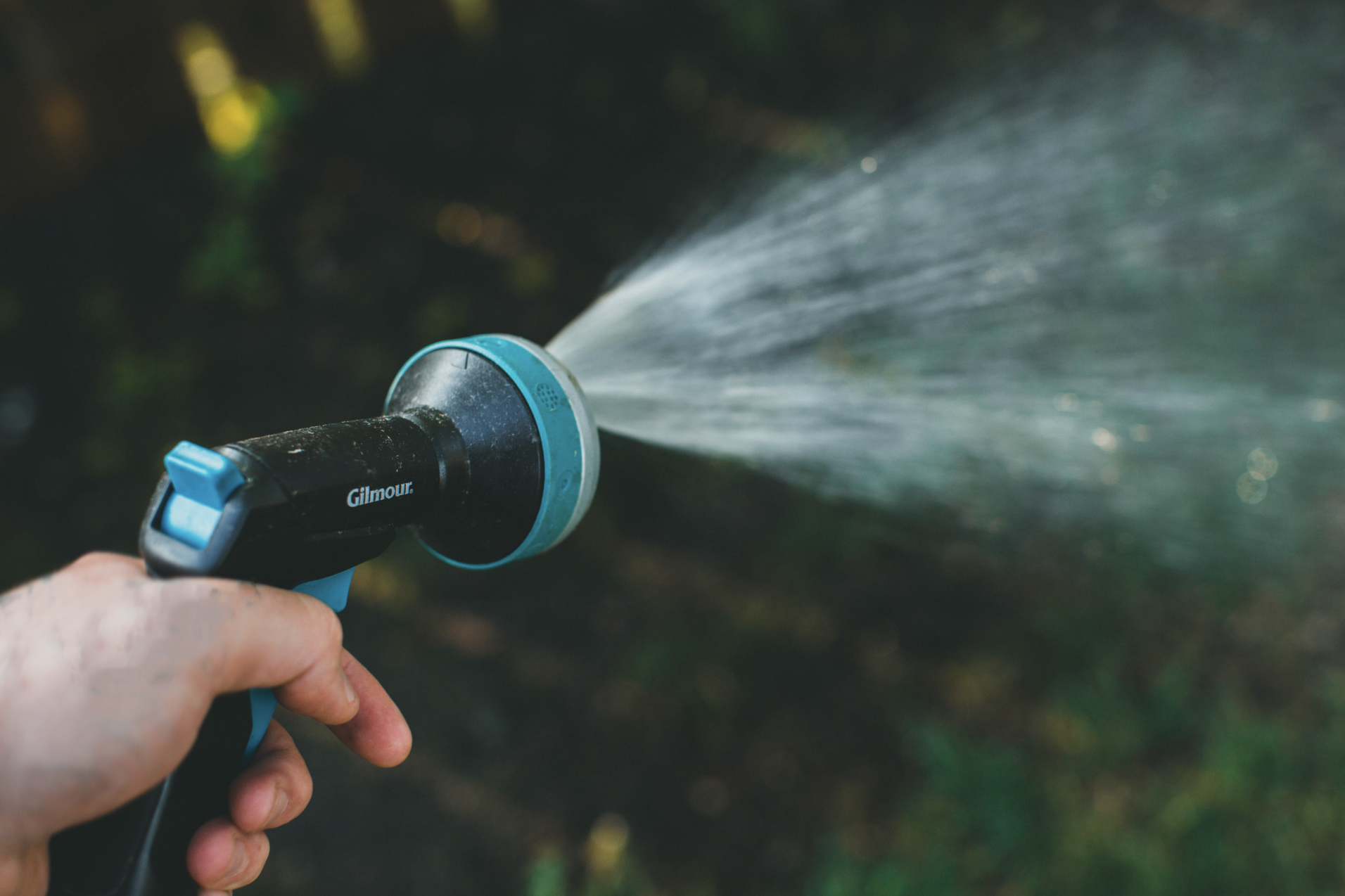
by Avery Beadle | Jun 1, 2021 | Learn
Bulbs need ample moisture from fall, when they make new roots, until they finish flowering in spring. This is also a good time to start thinking about soil health and whether you might eventually need fertilizer for tulips or other spring bloomers. If the soil is dry...

by Avery Beadle | May 31, 2021 | Learn
Wondering how many tulip bulbs per square foot you should plant? Calculating the right number is essential for achieving a vibrant and full garden display, and it’s easier than you might think with just two simple steps. Determine the square footage of the area you...
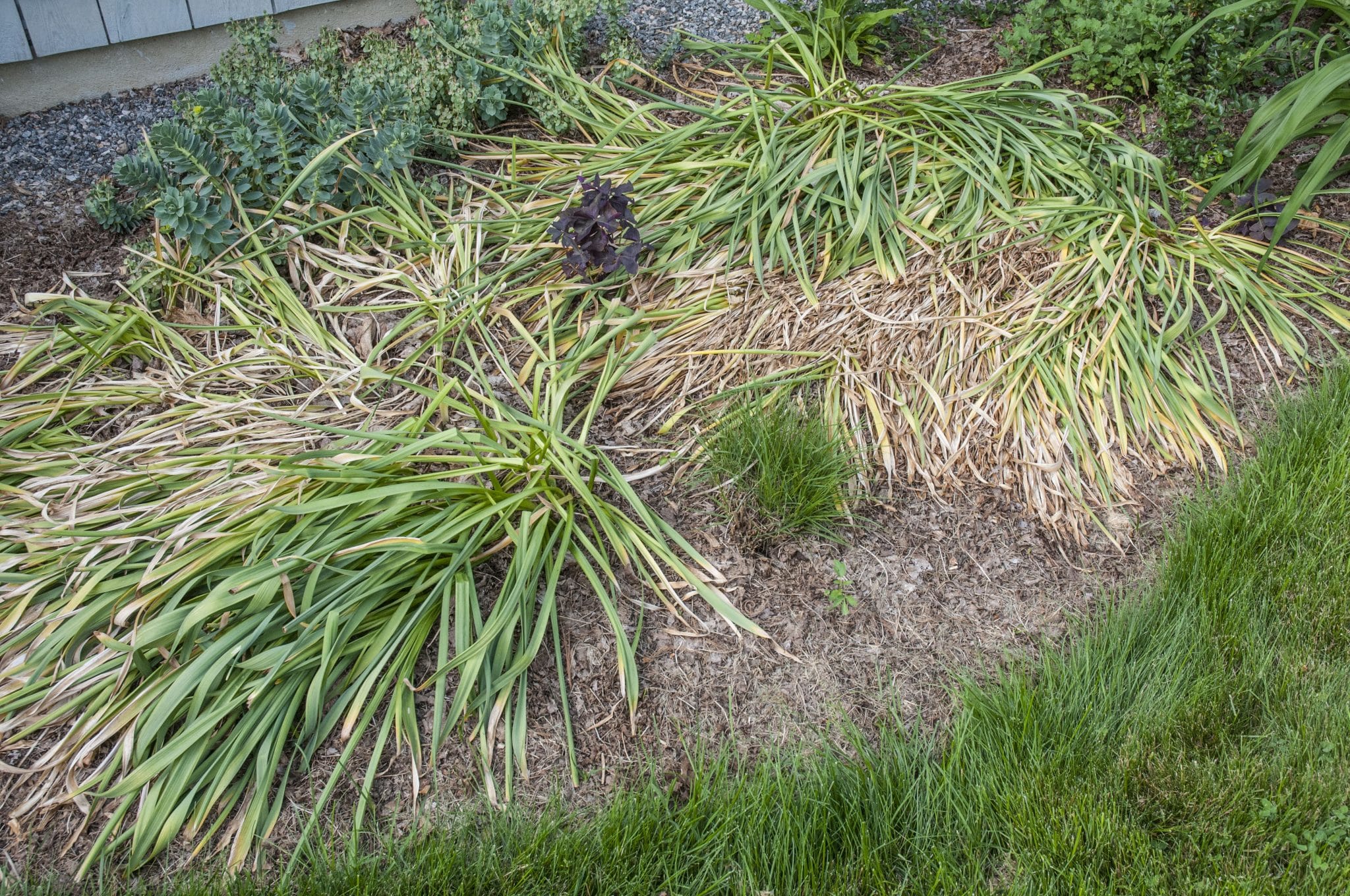
by Avery Beadle | May 31, 2021 | Learn
Most spring-flowering bulbs require no special attention after bloom when it comes to general bulb care. If you find the spent flowers unsightly, you can remove them. In the case of tulips, especially perennial tulips, removing the flowers as soon as they fade may...
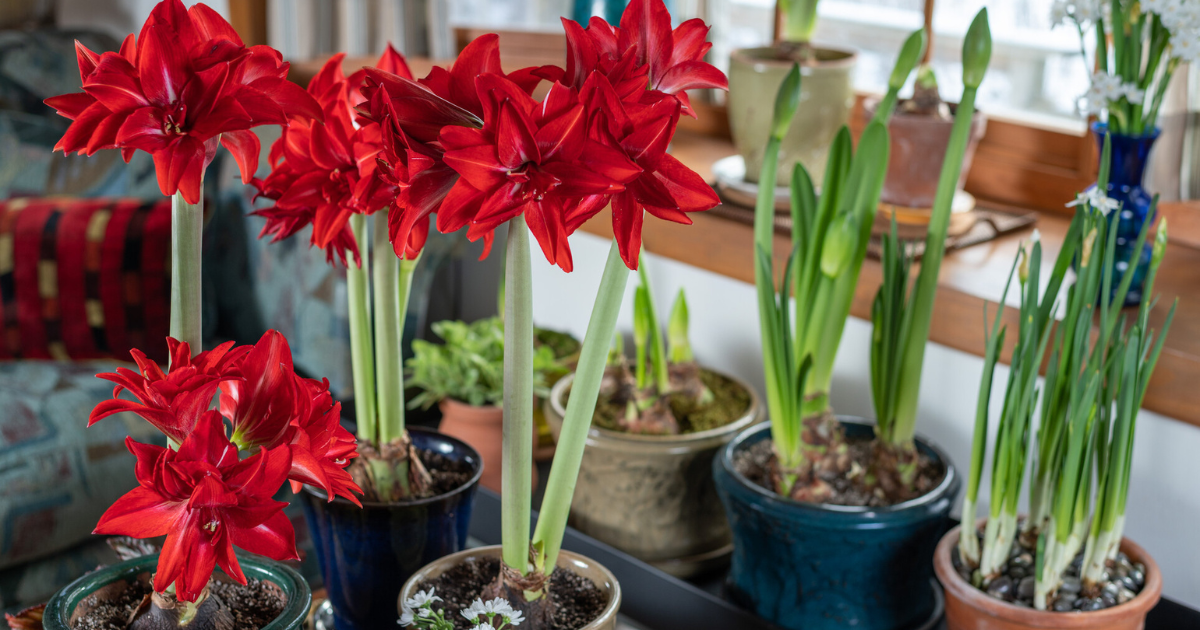
by Avery Beadle | May 31, 2021 | Learn
If you want to know how to plant amaryllis bulbs in pots, you’ve come to the right place. Planting an amaryllis bulb in a pot is easy. All you need is a bulb, potting mix, and a container with a drainage hole in the bottom. To protect furniture and windowsills...
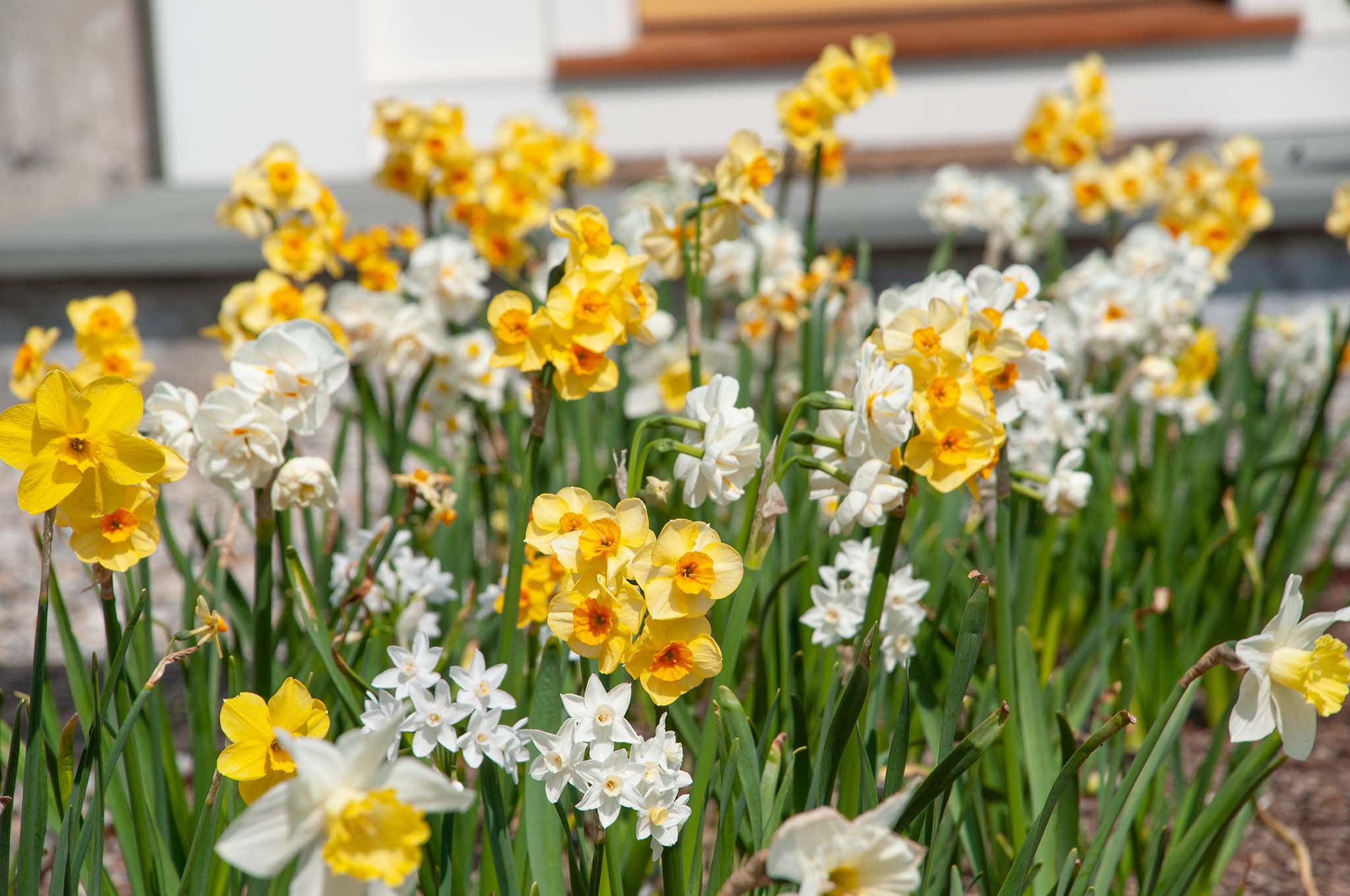
by Avery Beadle | May 30, 2021 | Learn
Most bulbs do well through Zone 7a in the South. In Zones 7b–10, where soil temperatures do not cool down sufficiently in winter, and spring weather is often very warm, many bulbs perform poorly unless you prechill them—i.e., refrigerated for 6–12 weeks prior to...
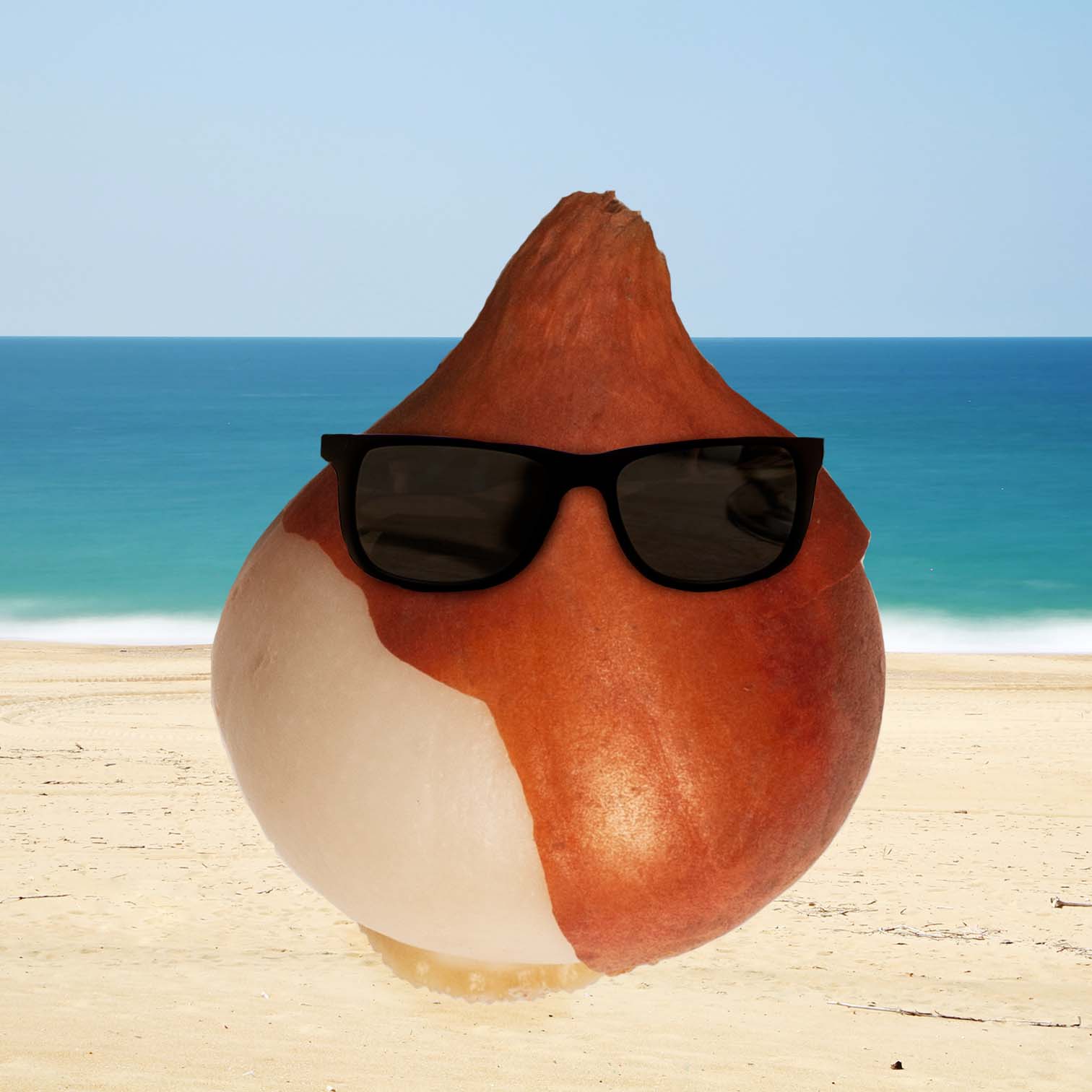
by Avery Beadle | May 29, 2021 | Learn
If you live in a mild-winter climate, you’ve probably heard the term “prechilling bulbs.” What exactly does it mean, and do you really need to do it? Here’s everything you need to know to get your bulbs blooming their best. What is meant by “prechilling bulbs”? Most...

by Avery Beadle | Feb 8, 2021 | Learn
Most people associate tulips with Holland, but they didn’t actually originate there. Some species are indigenous to Turkey, where gardeners and admirers have cultivated and venerated them for centuries, weaving them into the fabric of their culture through art,...
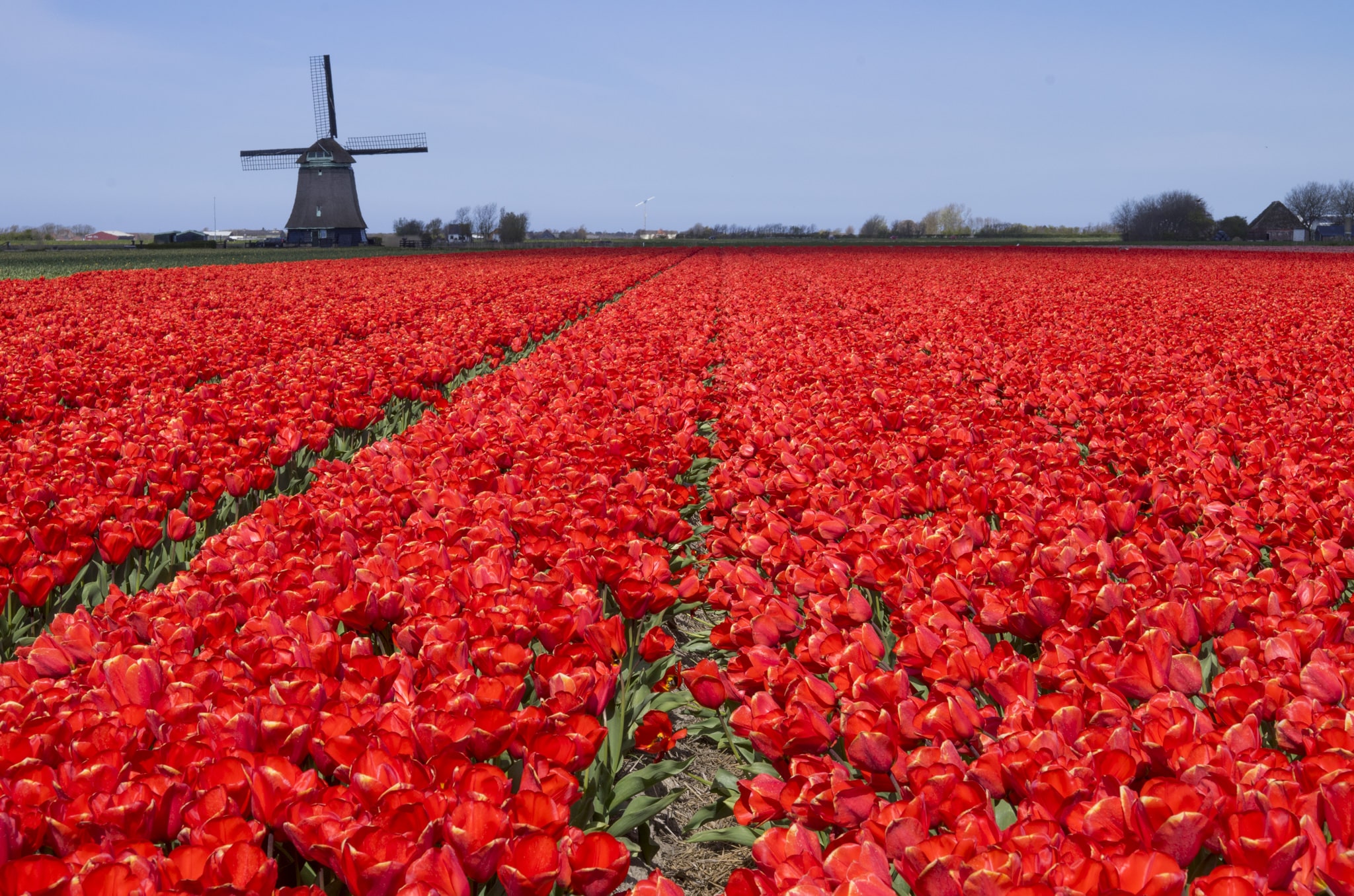
by Avery Beadle | Feb 4, 2021 | Learn
Contrary to popular belief, tulips are not native to the Netherlands. So why are 99% of the world’s tulip bulbs grown there? The answer comes down to wealth, weather, and work. Tulips made their way west from the mountainous regions of Central Asia, via the Silk Road,...
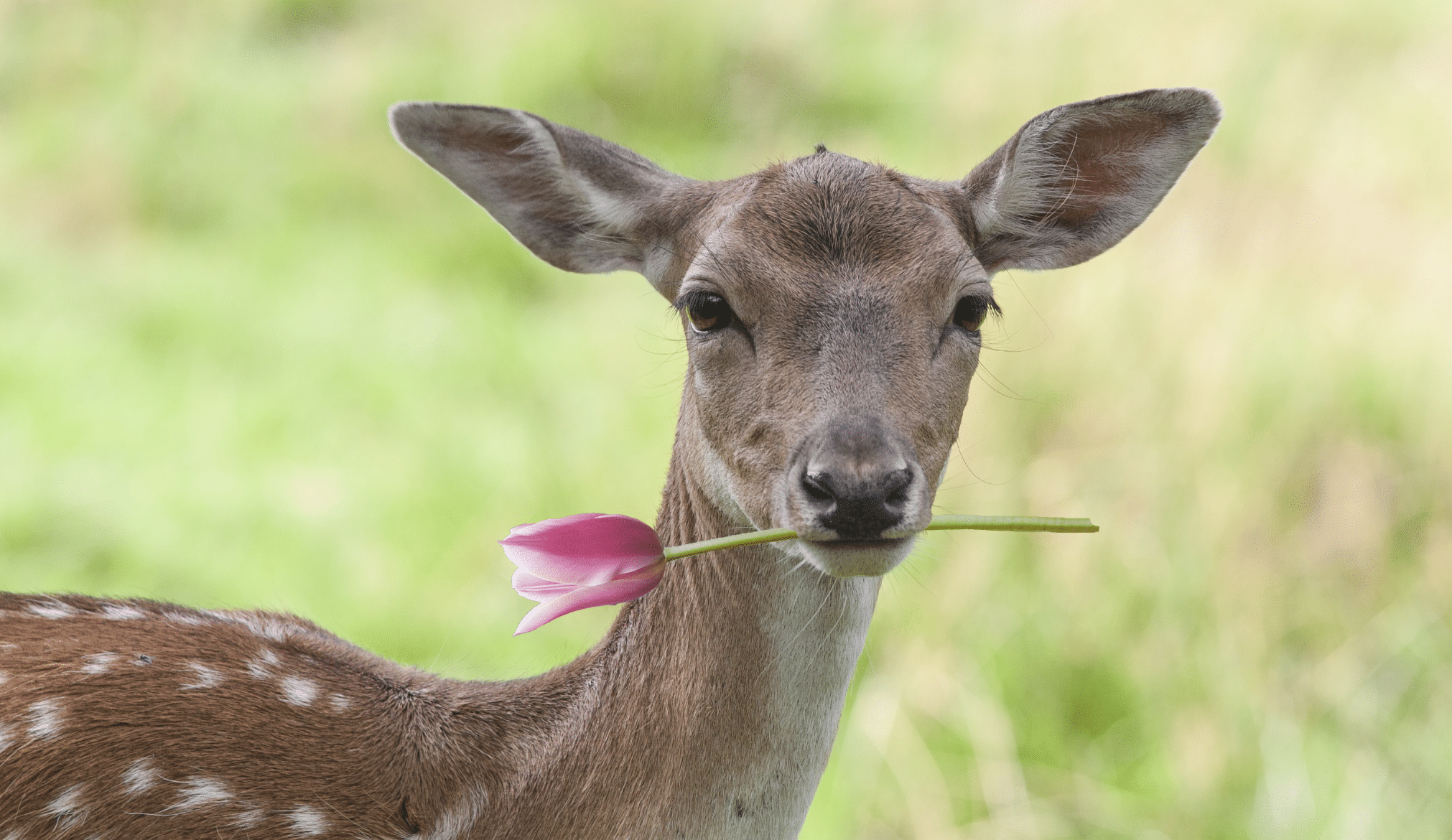
by Avery Beadle | Feb 1, 2021 | Learn
Deer are a fact of life in many suburbs and rural areas. They sometimes even find their way into urban neighborhoods. Expending the time, money, and energy to put plants in the ground, only to step outside one morning and find that the deer have eaten them to the...
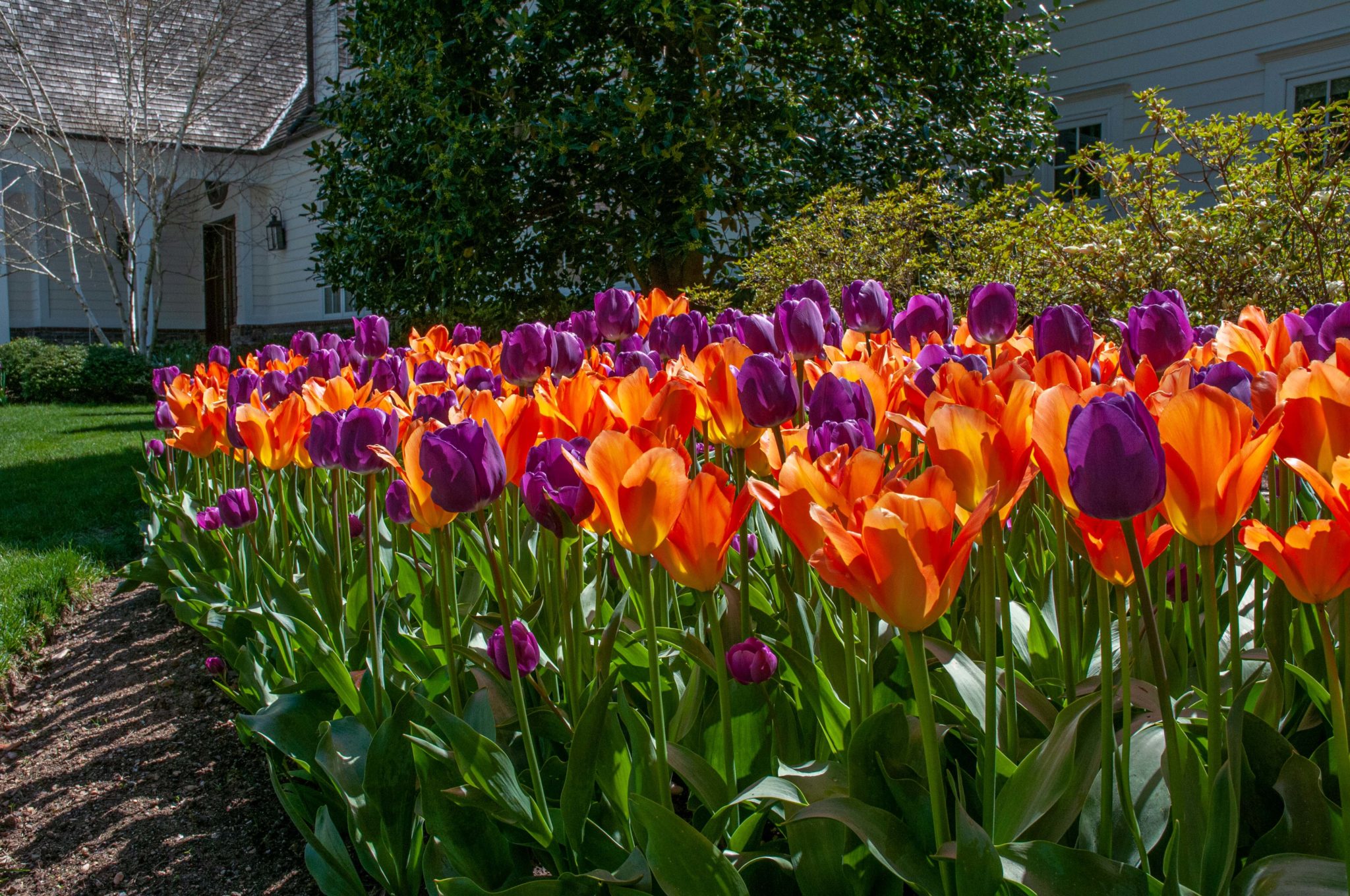
by Christian Curless | Jul 17, 2019 | Learn
Tulips are among the most iconic of flowers. Everyone recognizes the classic goblet shape. Artists and graphic designers make liberal use of it—abstract, literal and romanticized in drawings, paintings, wallpaper patterns and advertisements. When you make a point of...
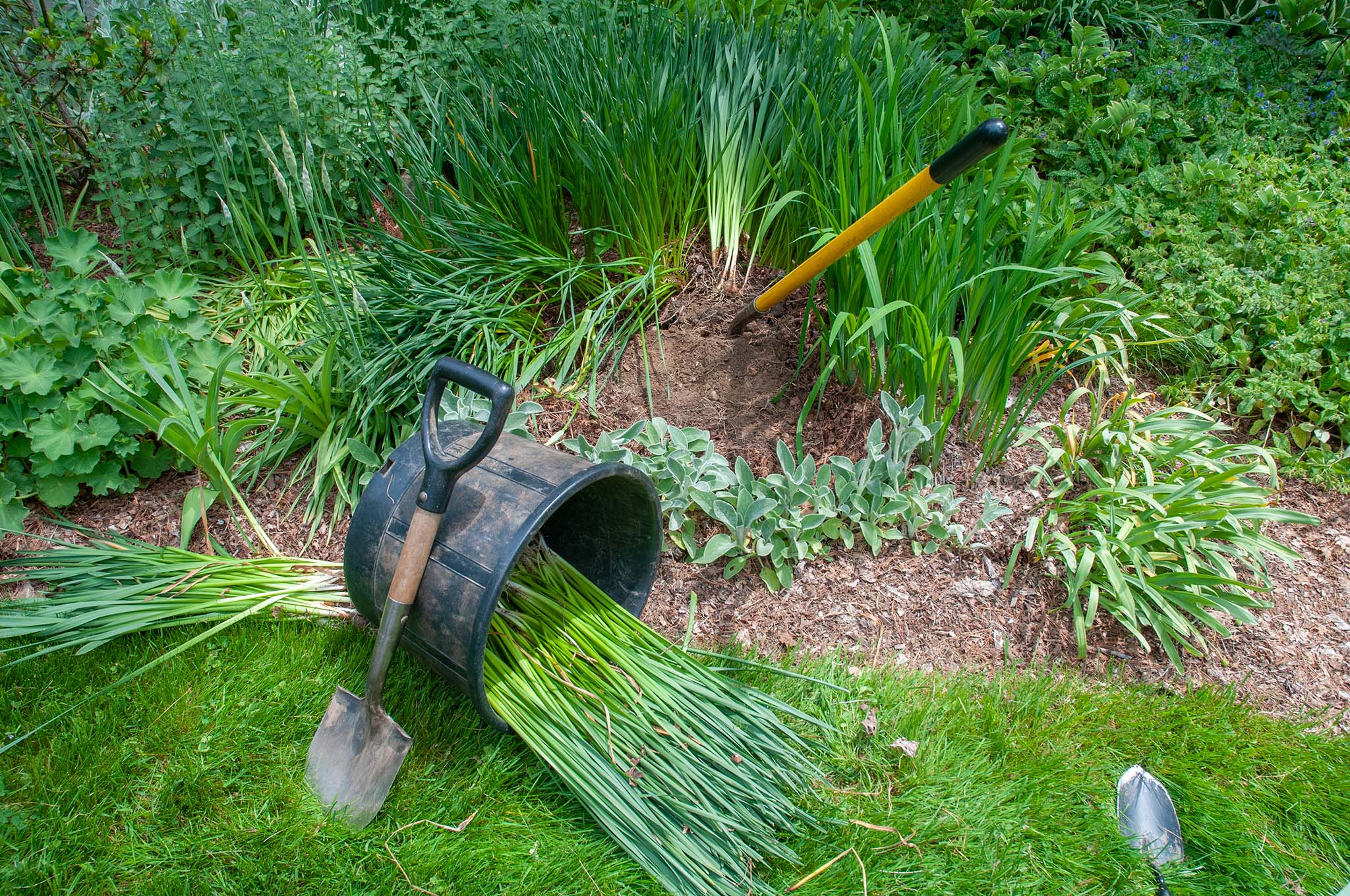
by Christian Curless | Jul 11, 2019 | Learn
Many daffodils have the ability to grow and flower well for several years. As time passes, though, you may decide that a planting needs to be moved to another part of the garden or landscape. Even if a daffodil doesn’t need to be moved, you may determine that it needs...
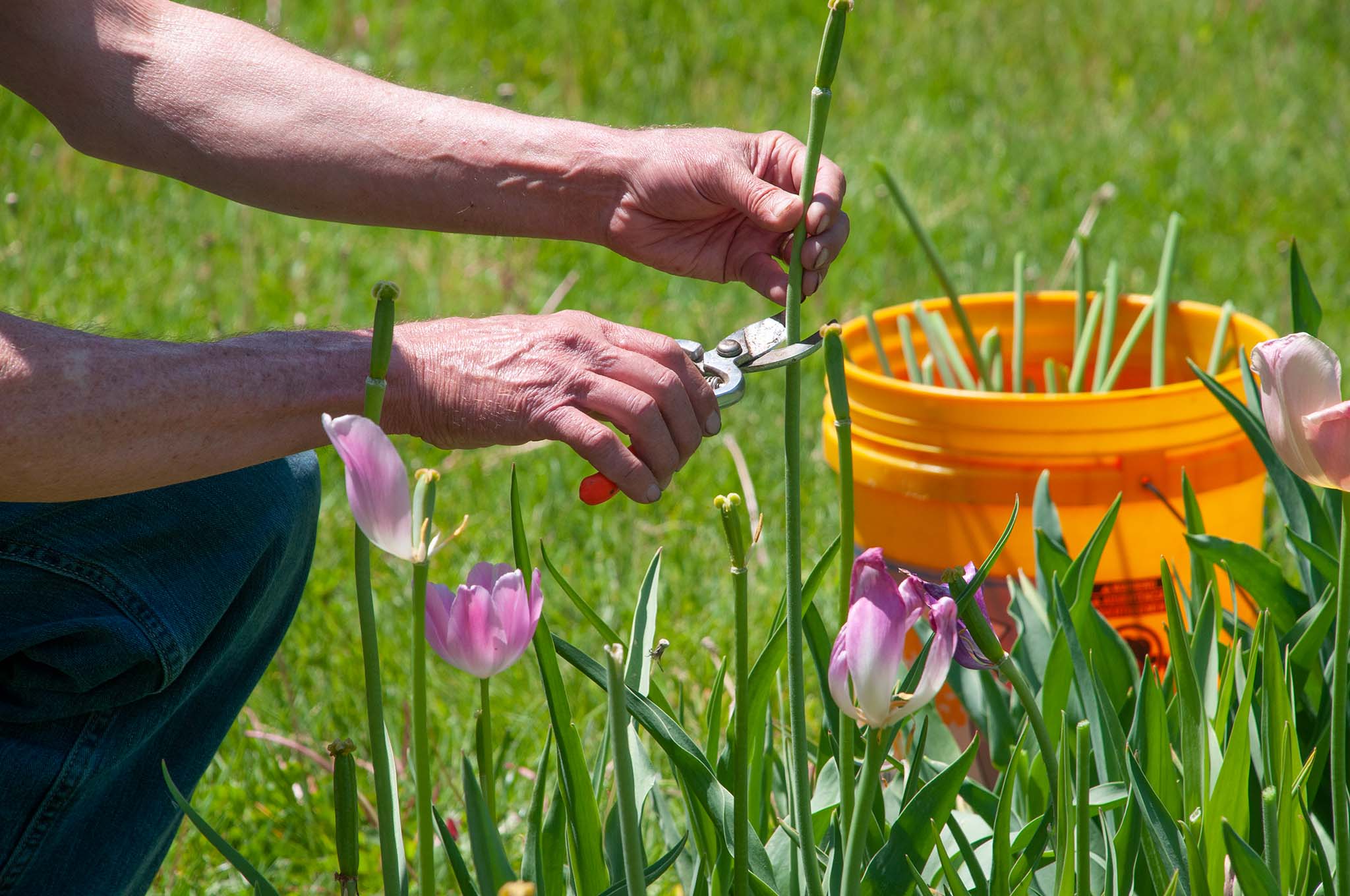
by Christian Curless | Jun 6, 2018 | Learn
Tulips are not good perennials. They flower lavishly the first spring after planting, but in subsequent springs, flowering is generally sparse and uneven. To ensure a great display every year, many gardeners and landscape contractors treat tulips as annuals, lifting...
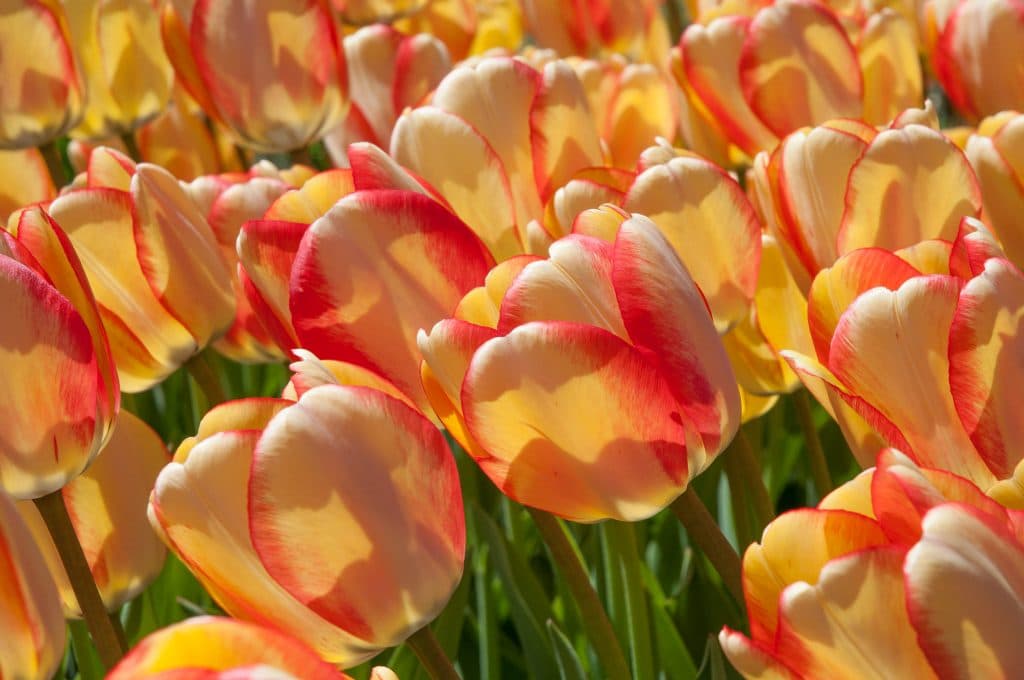
by gravoc | Jun 4, 2018 | Learn
It’s a Common Frustration: You buy tulip bulbs, plant them in the fall, and enjoy a great display in the spring. But the following spring, all you get is a smattering of flowers and maybe a bunch of leaves. “What happened? ” you ask yourself. “Aren’t tulips...
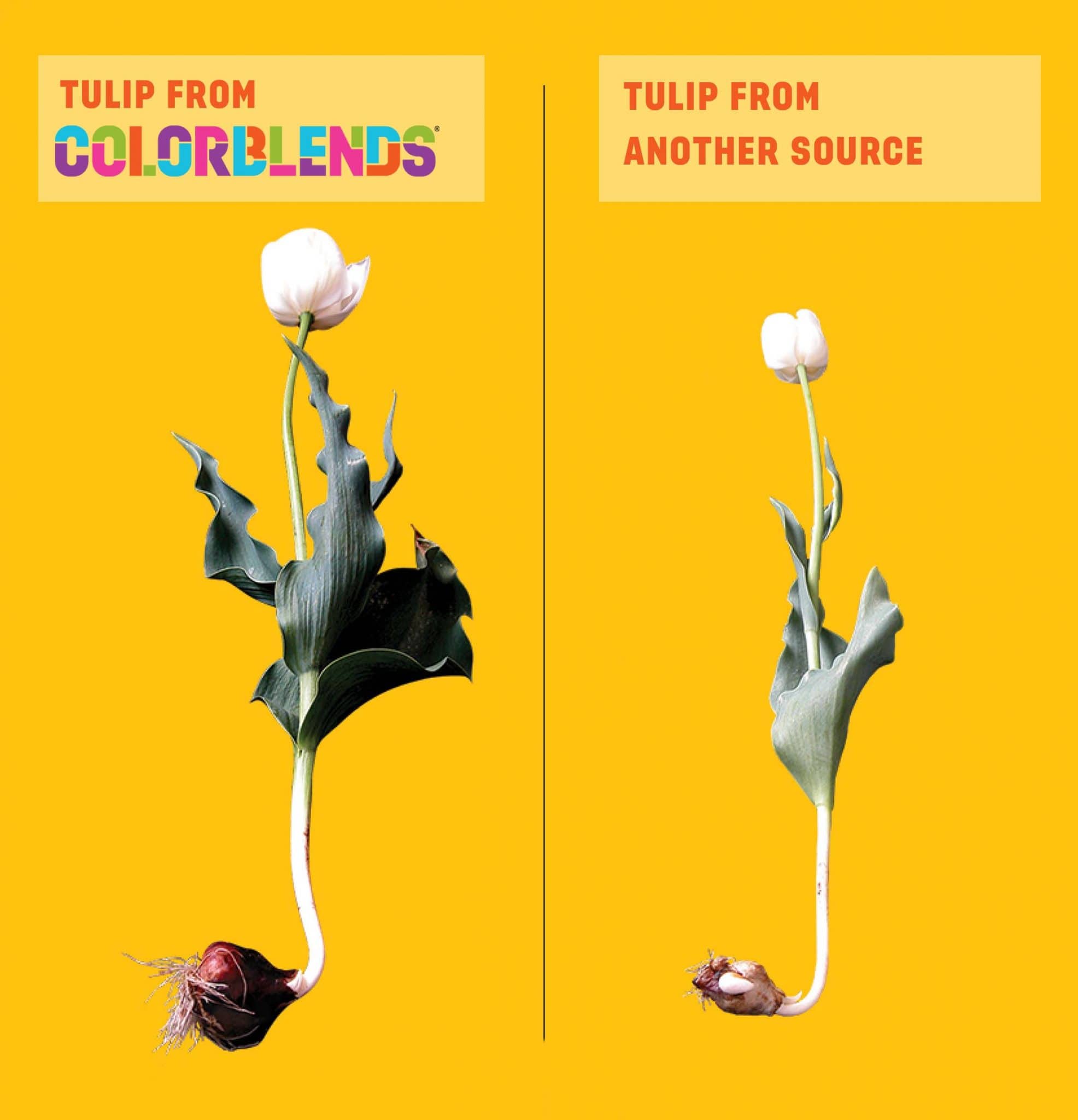
by Avery Beadle | May 17, 2018 | Learn
In the flowerbulb world, bigger is better. That’s because large bulbs produce more or larger flowers than small bulbs. When purchasing bulbs, always ask what size bulb you are getting. Colorblends only delivers size 12cm circumference tulip bulbs or larger. The...
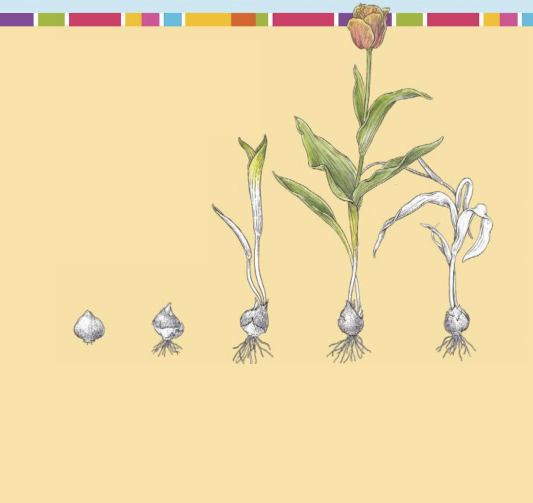
by Avery Beadle | Apr 17, 2018 | Learn
Spring-flowering bulbs follow a unique and efficient bulb growth cycle that sets them apart from most other plants. They spend much of their life underground, timing their growth and bloom to perfection. Here’s how the cycle unfolds: Fall: Roots develop...
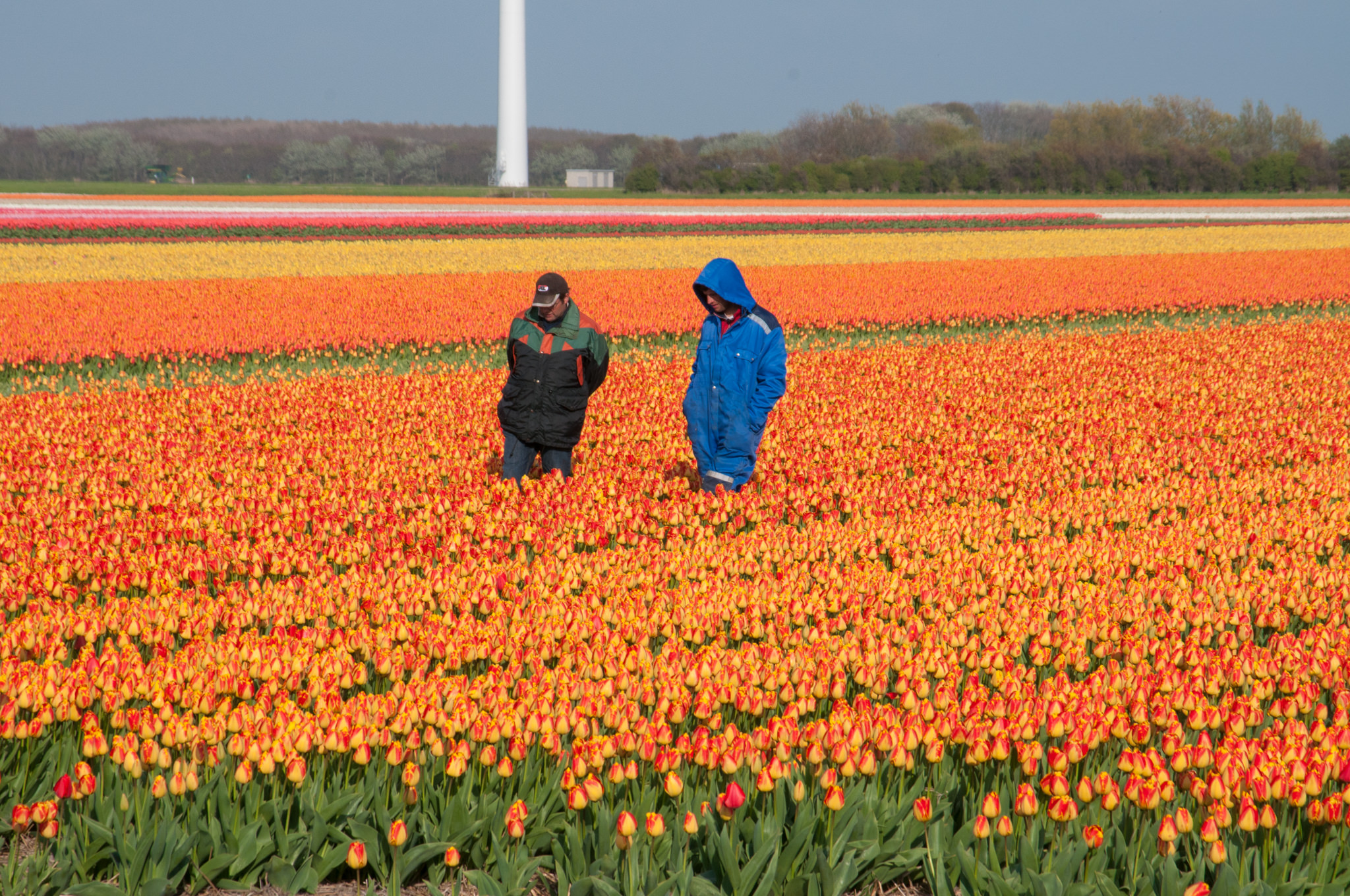
by Avery Beadle | Apr 17, 2018 | Learn
You have a favorite tulip. The color is superb, and the shape and proportions fit your notion of the tulip ideal. You order it every year, and every spring drivers stop in front of the house to take pictures. And then one summer you check the Colorblends website and...
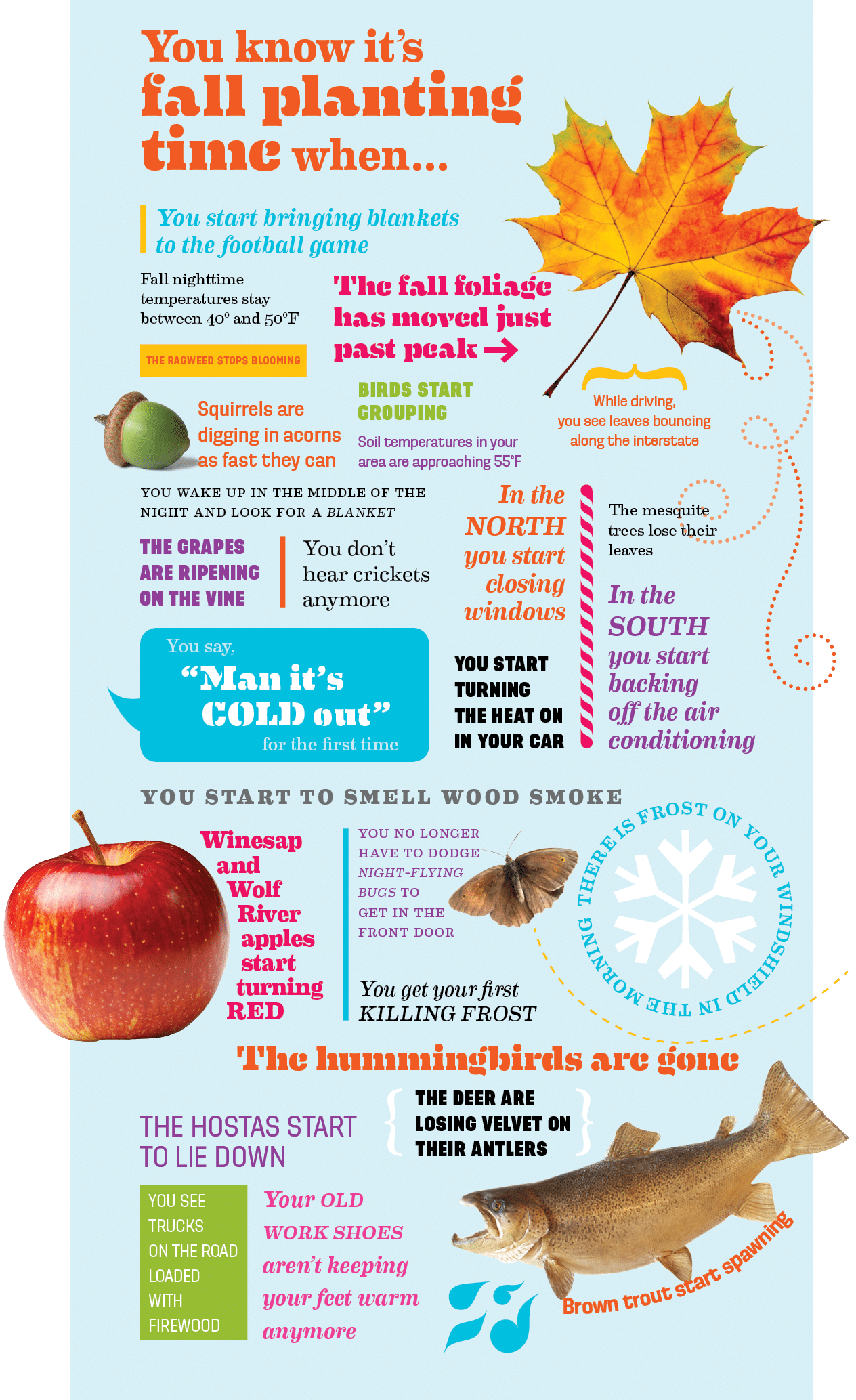
by Avery Beadle | Apr 16, 2018 | Learn
Fall planting isn’t just about checking the calendar—it’s about reading the signs all around you. When the days get shorter, the nights turn cooler, and you find yourself reaching for a blanket at the football game, you’re probably right on schedule to get...
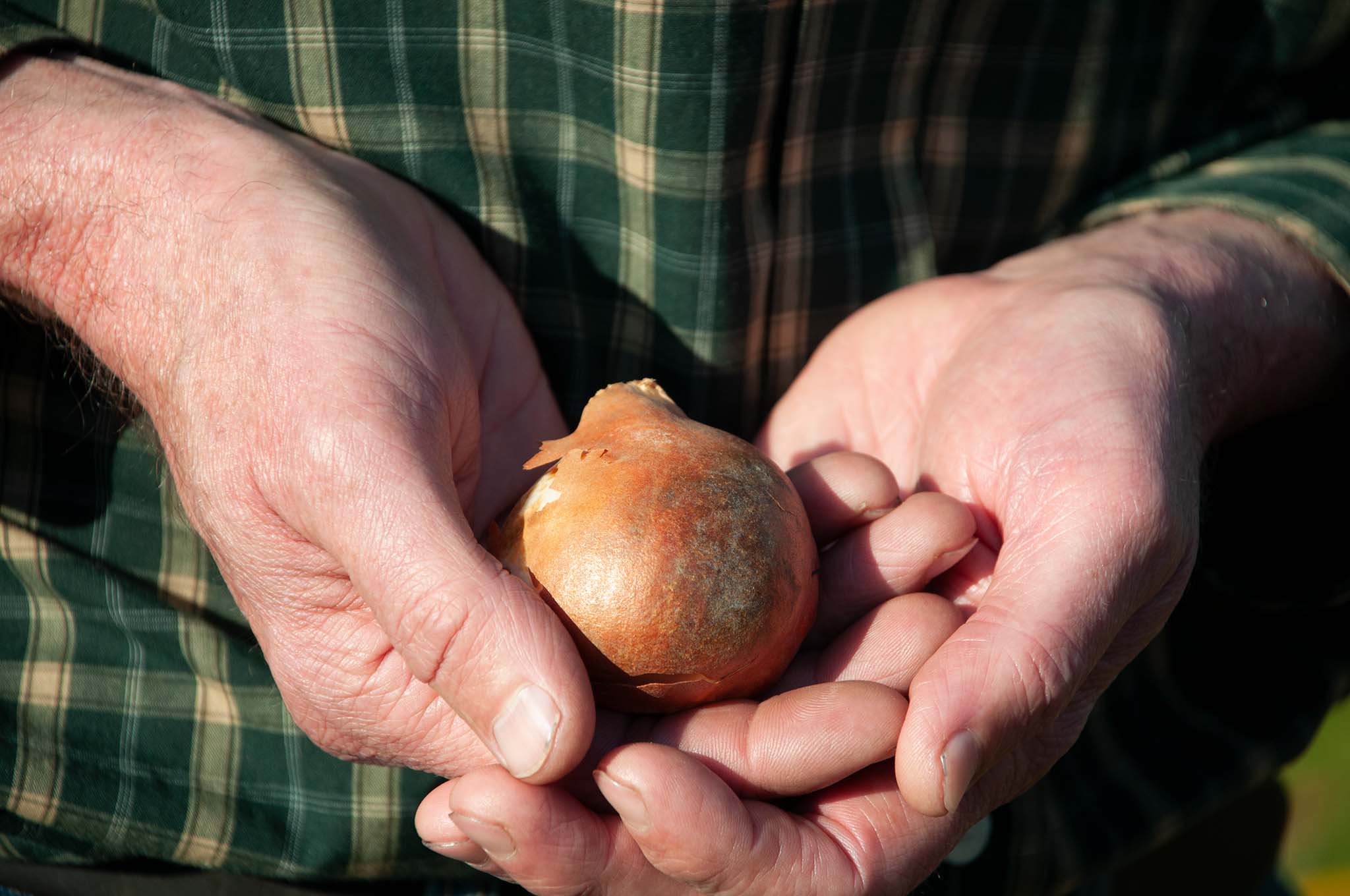
by Avery Beadle | Mar 17, 2018 | Learn
Fingerspitzengefühl is a German expression that means having a feeling about how something has to be done. Dutch bulb growers use this expression to decide when flowerbulbs are ready to be harvested and shipped. You cannot predict when bulbs will be ready for digging...







































